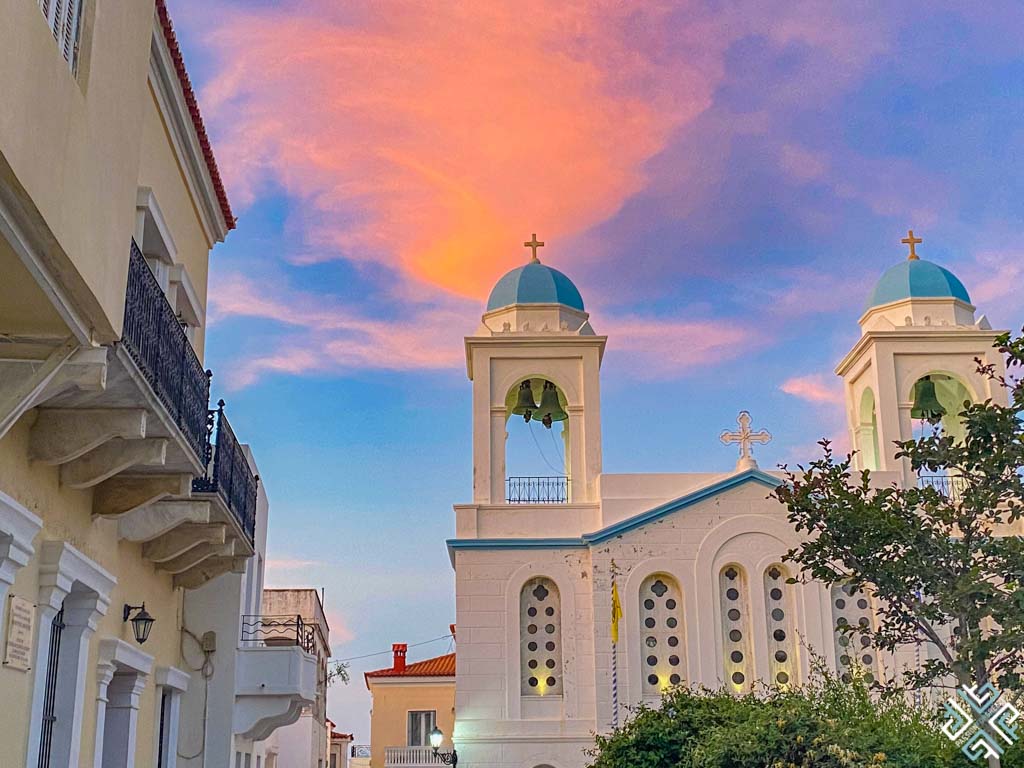Kasos, one of the remotest, wildest and unpretentious islands in the Dodecanese, is found in the southernmost corner of the Aegean Sea.
Located just to the east of Crete and southwest of Karpathos, Kasos island is the perfect escape for those wishing to experience a truly authentic side of Greece. Its remarkably raw and barren landscape may not seem inviting at first, yet it serves as a solid reminder of the island’s turbulent past, — keeping the island’s history alive in every stone, left untouched.
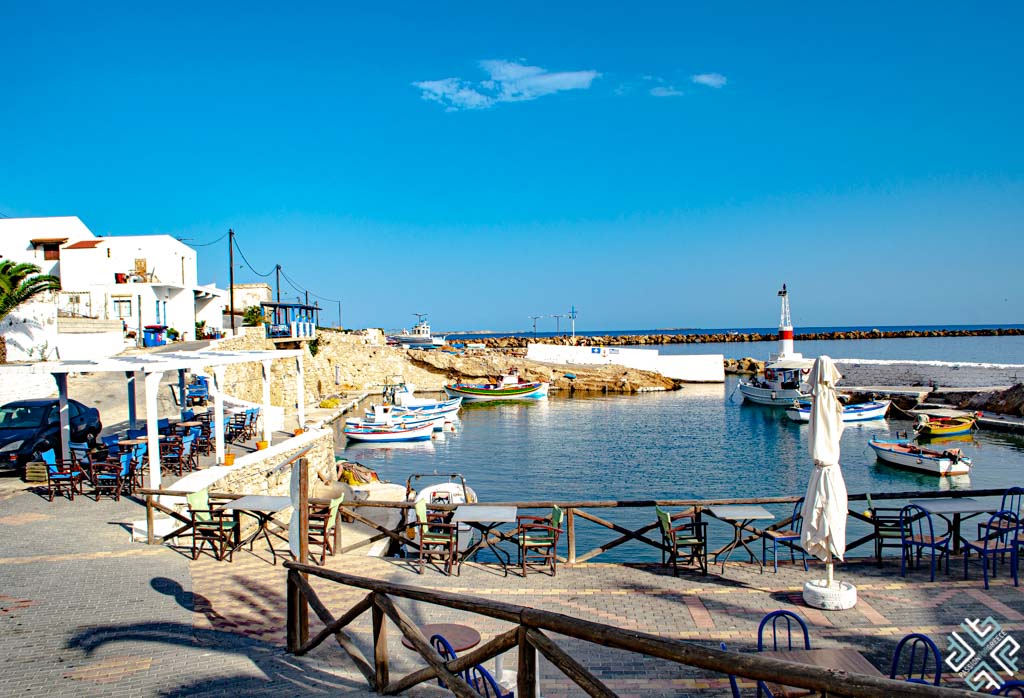
The high spirits of the Kasiots and their heartfelt hospitality will surely make you feel right at home in this tiny paradise dotted with elegant churches, pristine beaches, delightful cuisine and renowned festivals.
Kasos may be somewhat far from the typical route one will take, but if you allow yourself to take a road less traveled, you will surely be glad that you did.
13 Reasons to Visit Kasos
1. Discover the Rich History of Kasos
The history of Kasos dates back to as early as the Bronze Age with traces of the Minoan and the Mycenaean civilizations. In ancient times Kasos was known as Amphe, Astrabe, and most commonly, Achnis. In Homer’s Iliad, mentions of Kasos depict the island’s contribution of supplying the Trojan War with ships. Throughout the centuries the Kasiots were known for their skillful shipbuilding traits, which are evident on the island to this day.
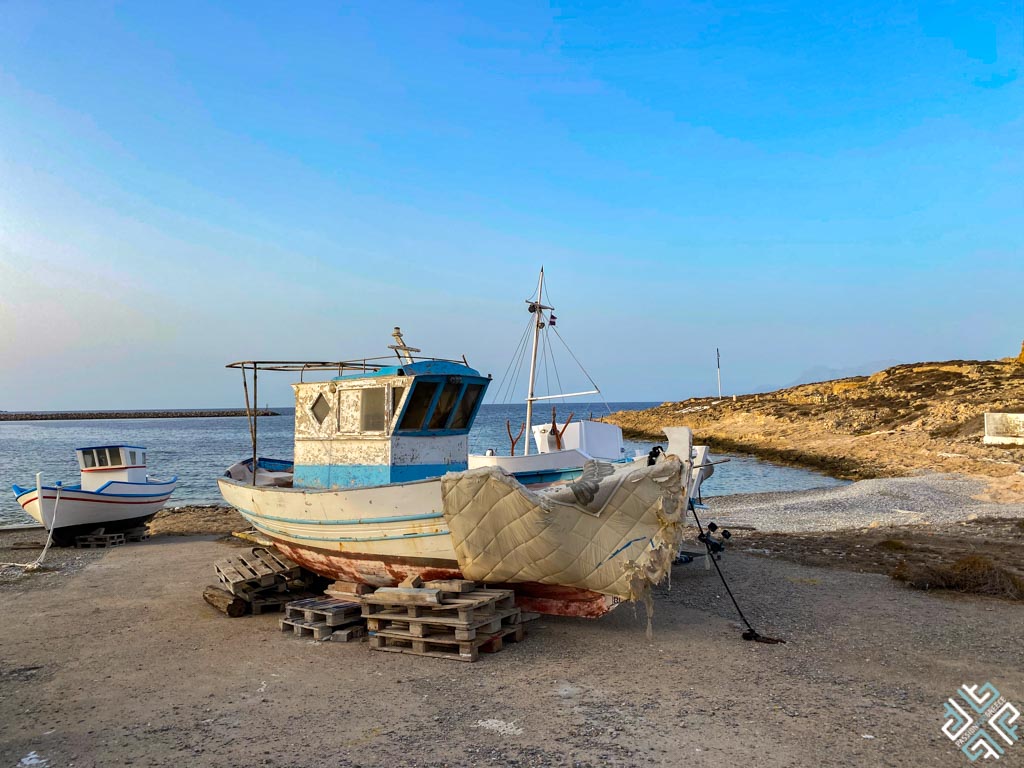
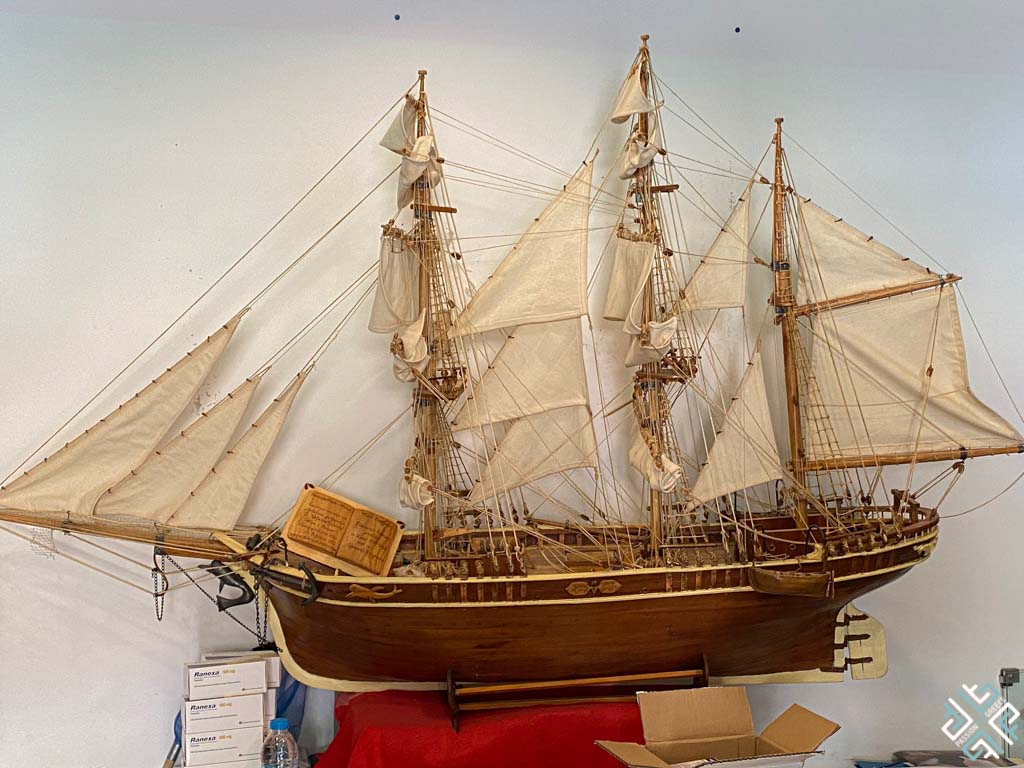
The island passed through several conquests, from 1306 until 1537 it was under the rule of the Venetian Cornaro family, one of the twelve tribunal families of the Republic of Venice. It then fell into the hands of the Ottoman Empire.
Kasos played a crucial role in the founding of Modern Greece. In the Greek War of Independence in 1821, with their massive fleet of 700 ships, the Kasiots joined the revolution against the Ottoman Empire, by defending the neighboring Crete.
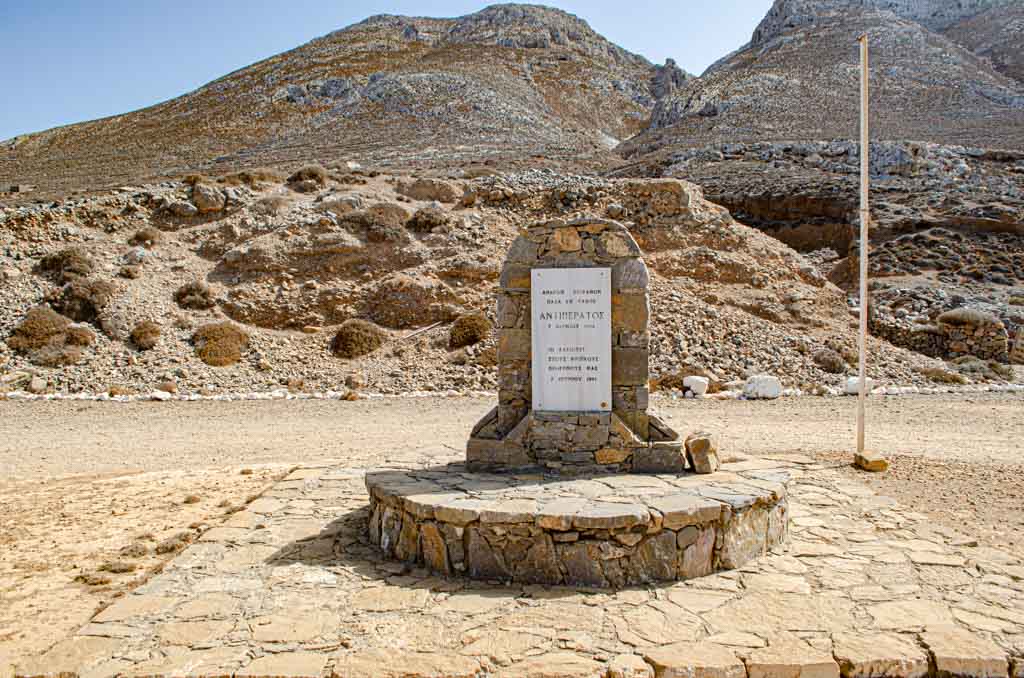
The year 1824 marked an important turn in the history of Kasos known as the Kasos massacre, when the spiteful Mehmet Ali Pasha of Egypt sent his fleet and the Egyptian armada looted the island, killing more than 2,000 people and enslaving 2,000 women and children who were sent to the slave markets of Egypt and Crete. The bravery of the Kasiots and their heroic stance to fight against the enemy remains in the hearts of the locals to this day. The island’s rise from the ashes is an event that is never forgotten. A monument dedicated to the heroes and martyrs of the Kasos Holocaust is found at the harbor of Fry. The anniversary of the holocaust is celebrated on June 7th and is a three-day event.
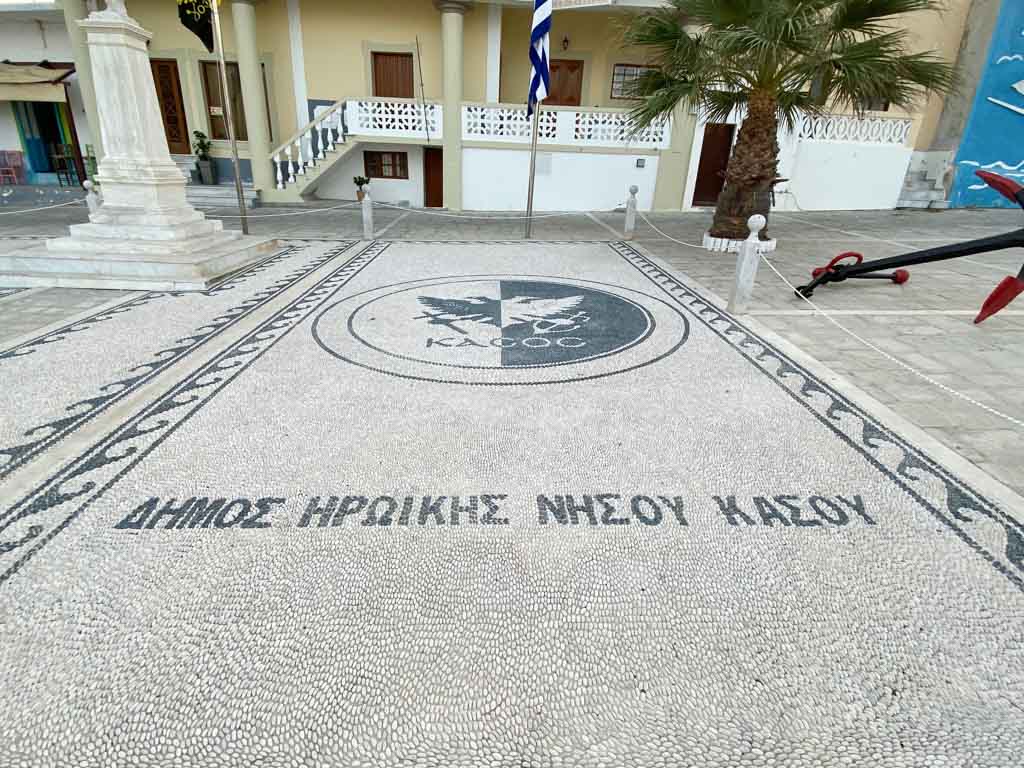
In mid 19th century, Kasos was left barren and deserted, as many of the people started to emigrate. In 1859 many of the Kasiots emigrated to Egypt to help with the construction of the Suez Canal, others went to Istanbul, South Africa, and the United States. In the early 20th century the diaspora of Kasos was greater than its inhabitants. The island of Kasos began to slowly recover towards the end of the 1920s when the survivors of the Holocaust started to return to their home island.
2. The Charming Villages of Kasos
Kasos is home to somewhat 1,000 people who are spread across the island’s five villages – Fry, Agia Marina, Panagia, Poli and Arvanitochori. Each village has its own distinct character with its traditional houses, impressive churches, and unique elements.
Fry
Fry is the main village and the capital of Kasos. The highlight of Fry is the old port of Boukas which was constructed 2,000 years ago. In this charming corner of the village, you will find several coffee shops overlooking the quaint harbor.
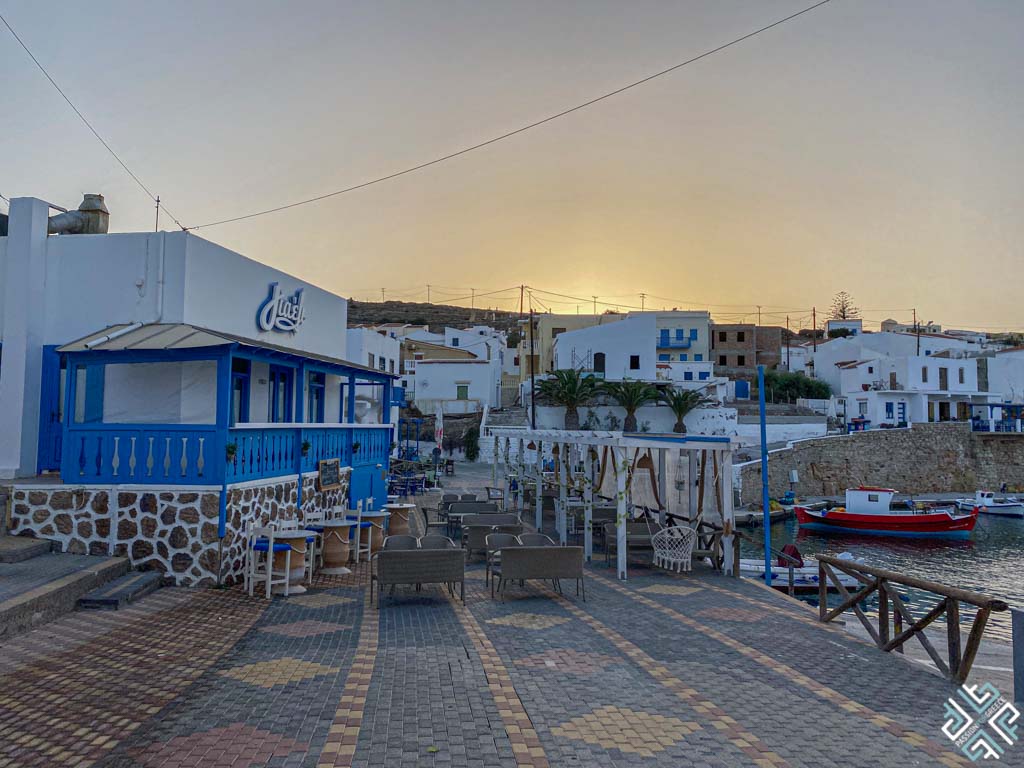
The crown jewel of Fry is the imposing Church of Saint Spyridonas, the patron saint of Kasos with its high-rising bell tower. As you stroll around this compact village you will admire several works of art decorating the walls of the buildings – depicting the islands seafaring tradition.
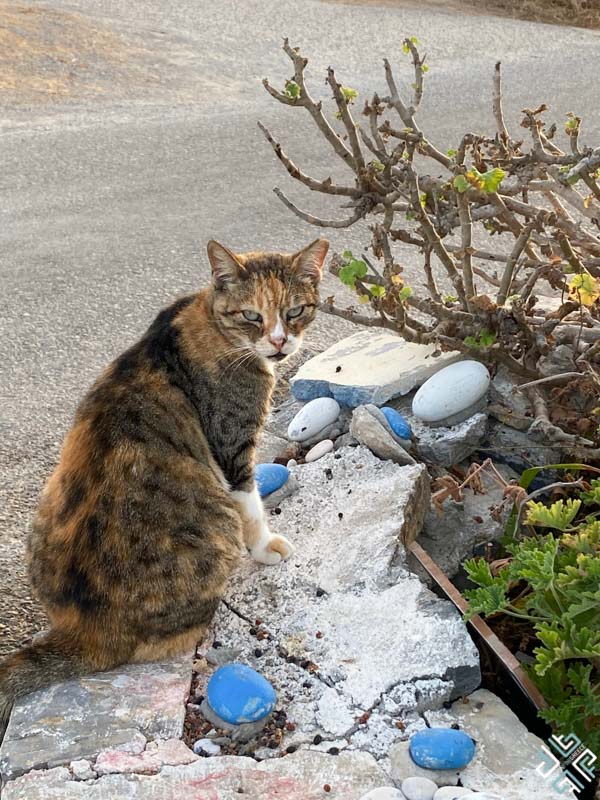

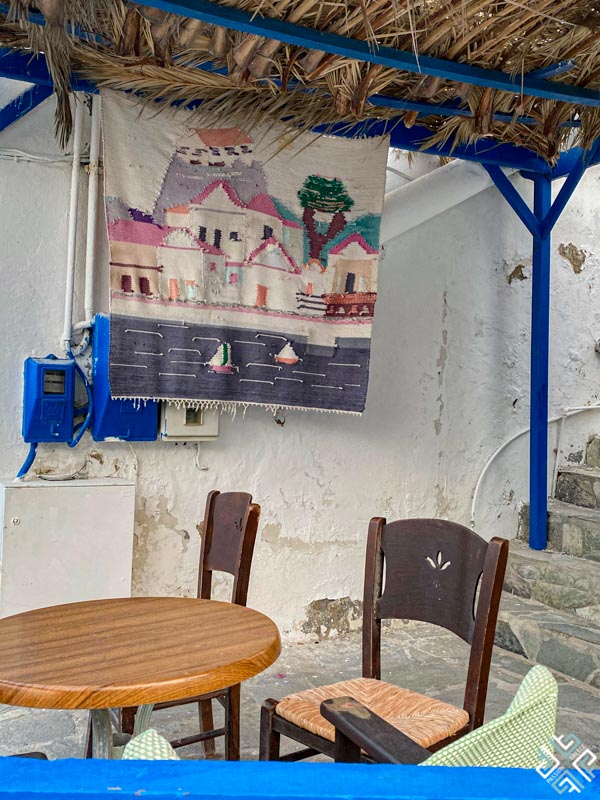
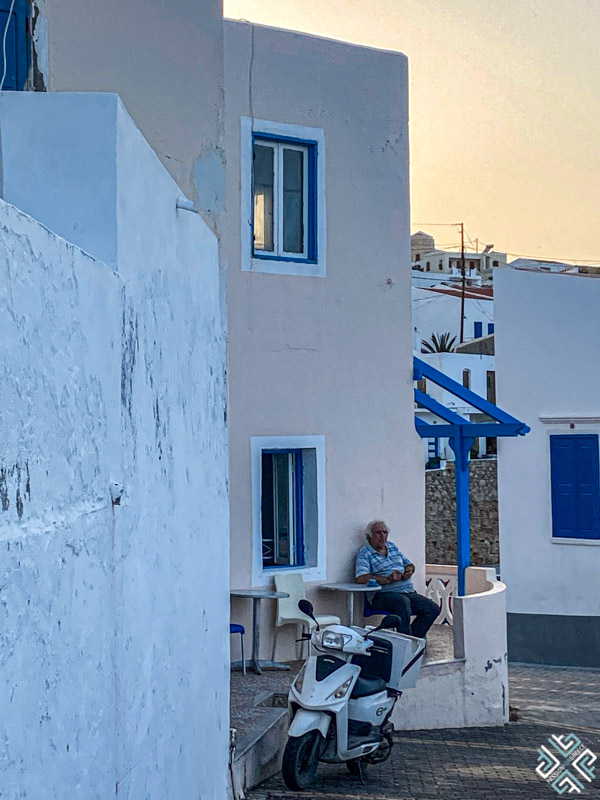
Panagia
The tiny village of Panagia is just a short one kilometer away from Fry, set on a hill, offering splendid views of the island and the Carpathian Sea, as far as the eye can see.
One of the highlights of this village are the six churches, which where built to represent six saints.
Agia Marina
The largest town of Kasos, Agia Marina sprawled across a hilltop, offers mesmerizing views of the island. The village is home to the church of Saint Marina which is celebrated on the 17th of July and is one of the most important festivals celebrated on Kasos.
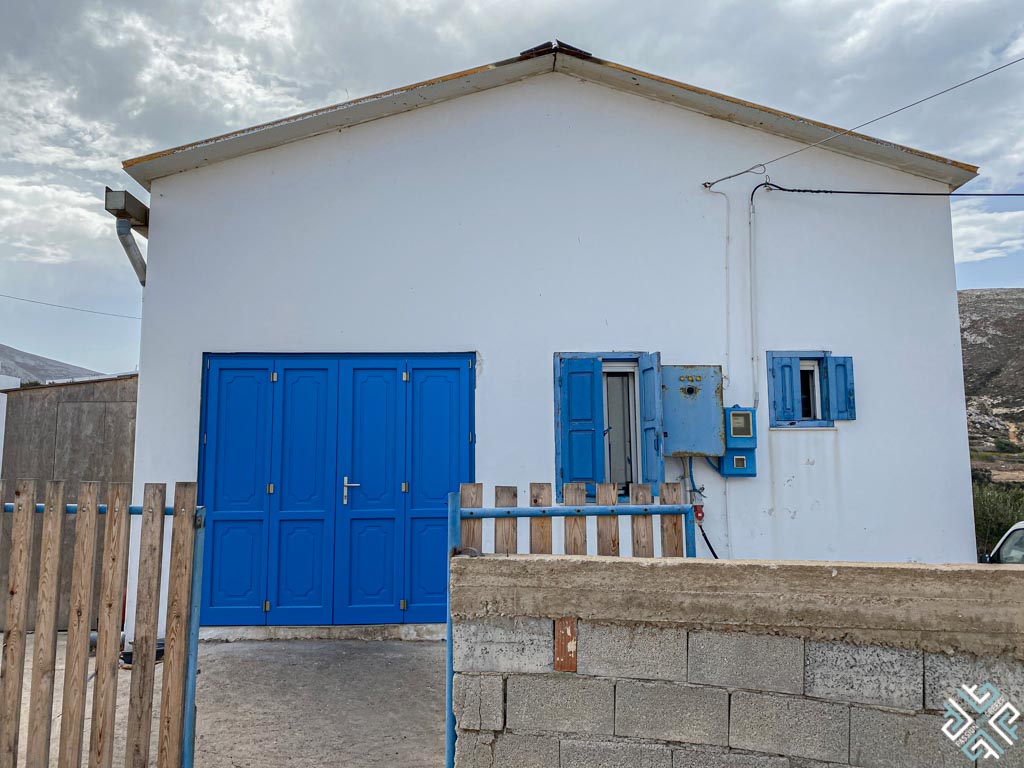
Here you will also find the local cheesemaking company – Vonapartis that produces a fantastic selection of local Kasiot cheeses.
Arvanitochori
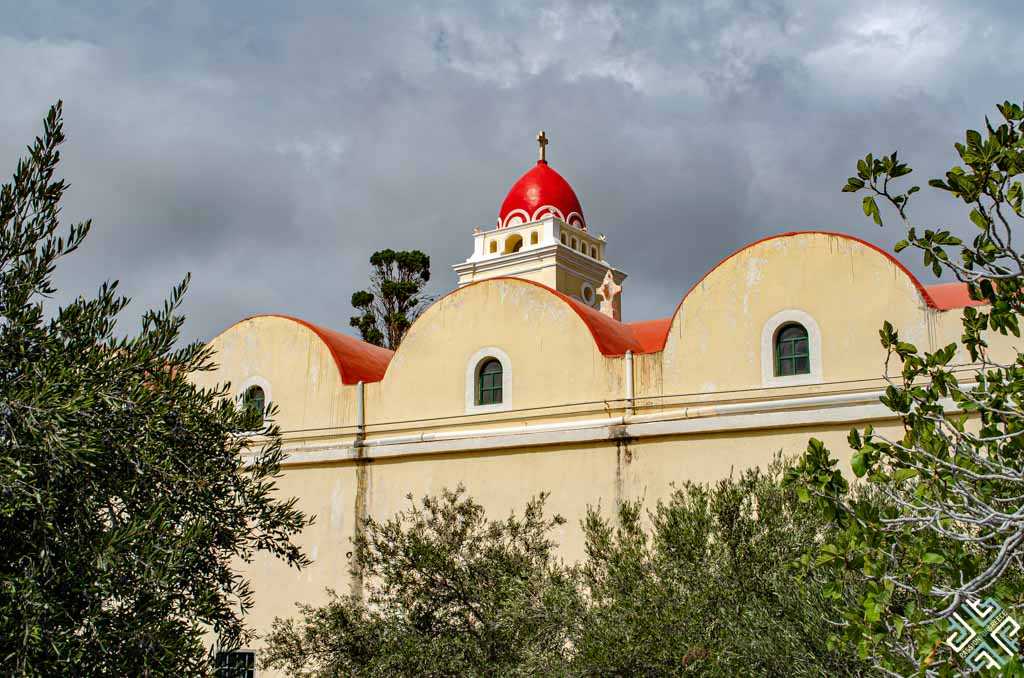
The neighboring village to Agia Marina is Arvanitochori which is much smaller in size and is home to about half of the population to that of Agia Marina.
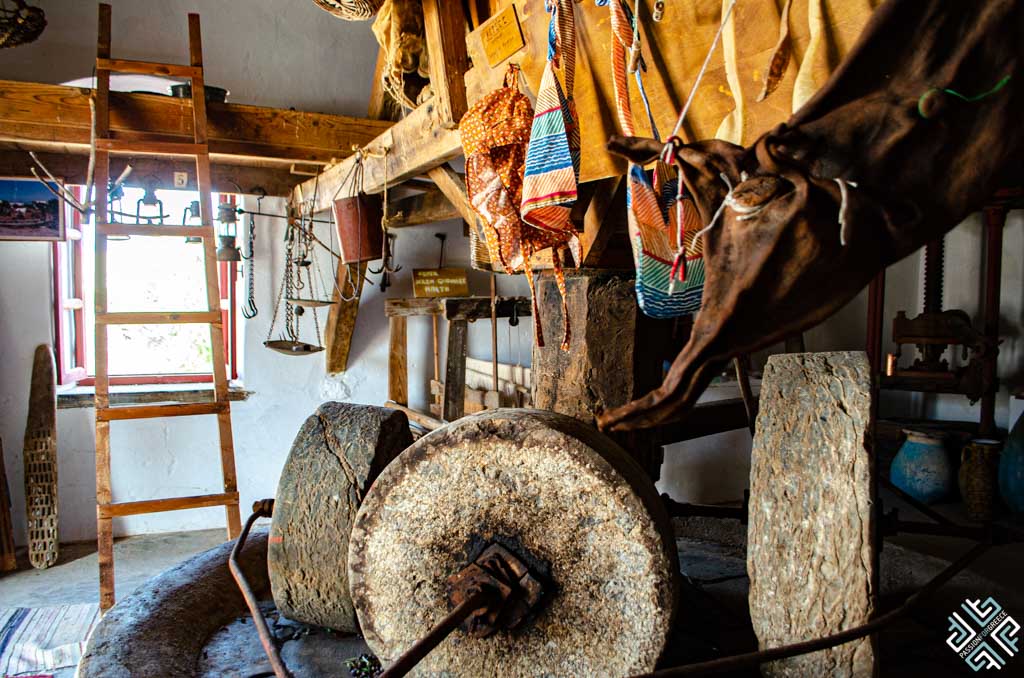
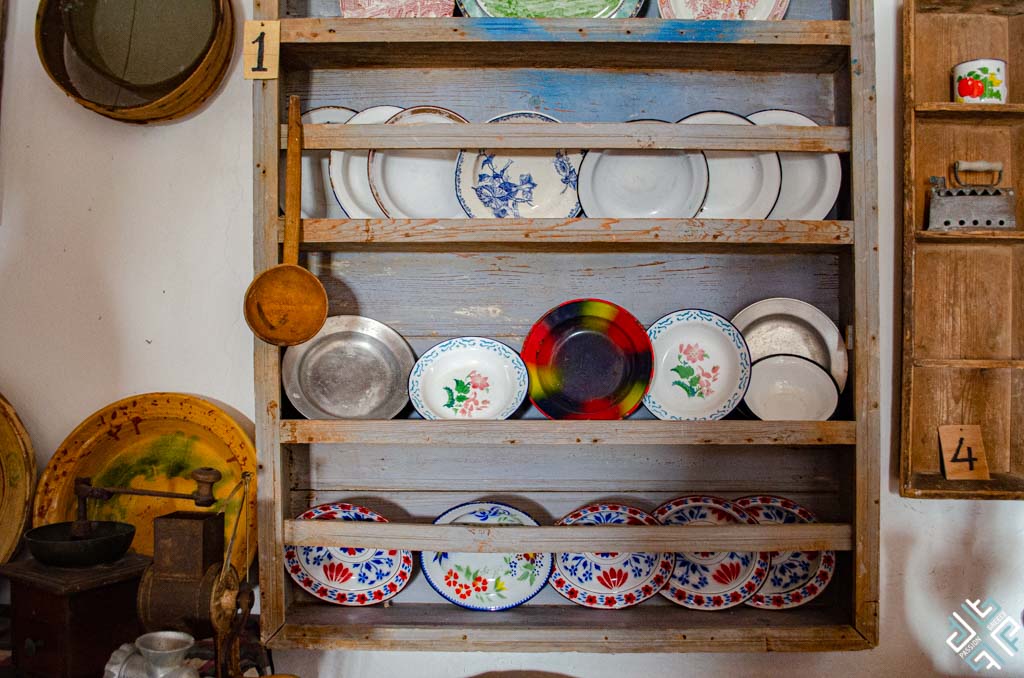
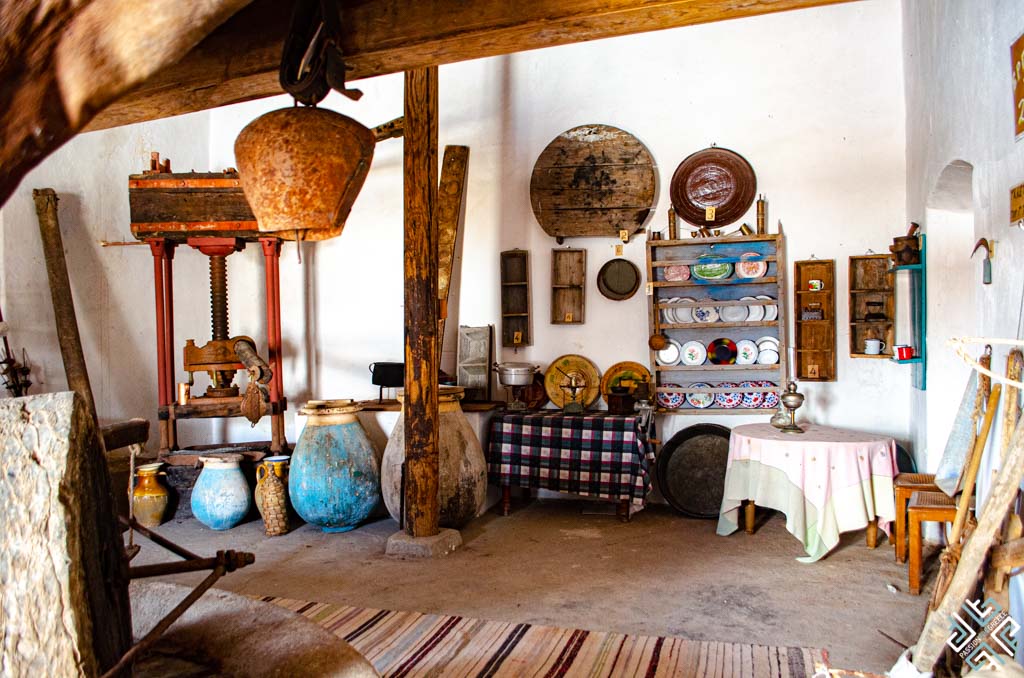
One of the highlights of the village is the Folklore Museum that houses a flour mill and other traditional items donated by local families, and the Church of Agios Dimitrios, with its beautiful towering bell tower.
Poli
This is the oldest settlement on the island and has been continuously inhabited since the neolithic times as indicated by the findings of pottery and other artifacts in the area.
3. Pristine beaches of Kasos

For those who are looking for a remote experience will find their slice of paradise here on Kasos. The beaches each have their own remarkable charm, set among the wild, barren and rocky landscape – where each visitor is bound to experience total solitude. The waters are crystal clear and inviting, making it all in all – a refreshing holiday experience.
Ammoua Beach
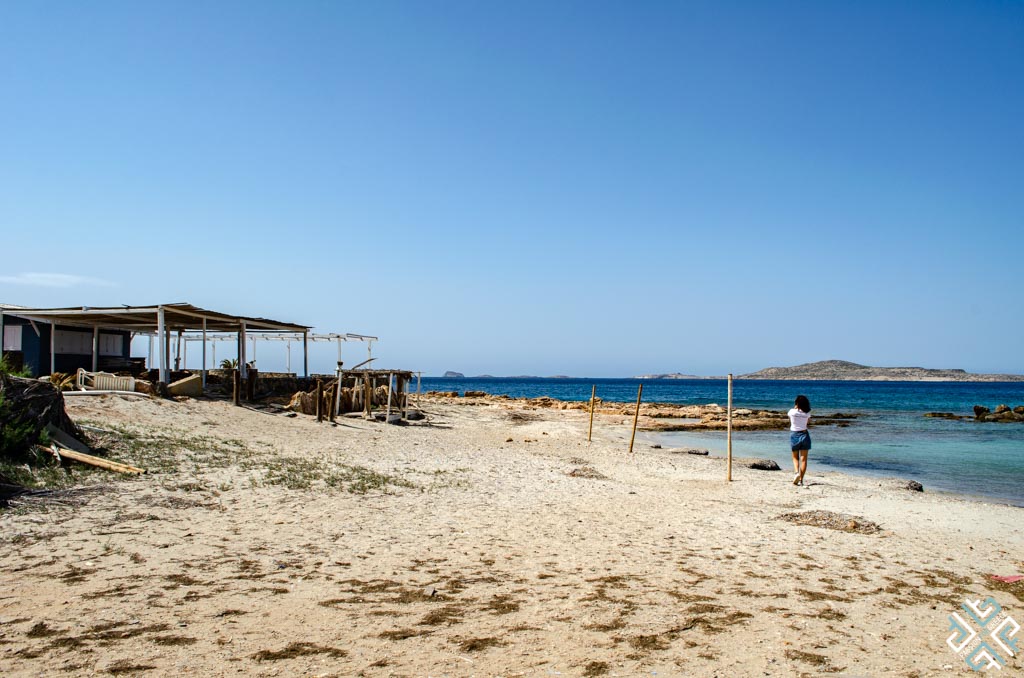
This sandy, partly-organized beach is located west of Fry and is quite open, thus exposed to the winds. On a calm day you will enjoy the solitude and the intense heat of the Greek summer sun. Nearby you will find the marble plaque which has been erected to commemorate the Kasos Holocaust.
Antiperatos Beach
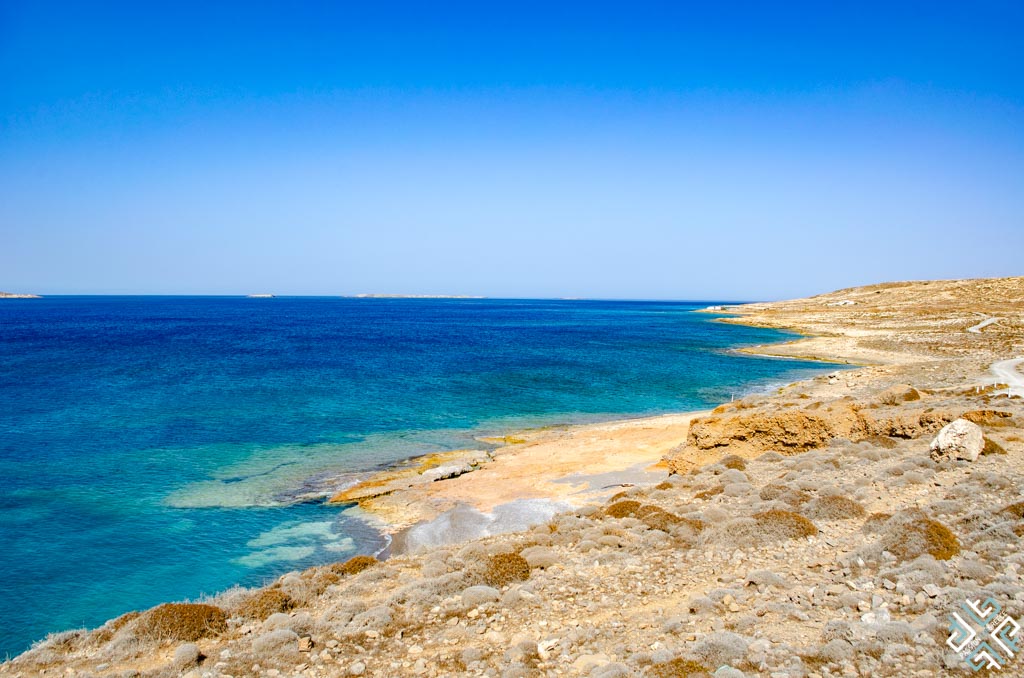
A little further west of Ammoua beach is a series of four bays that form secluded beaches with inviting blue waters.
Emporio Beach
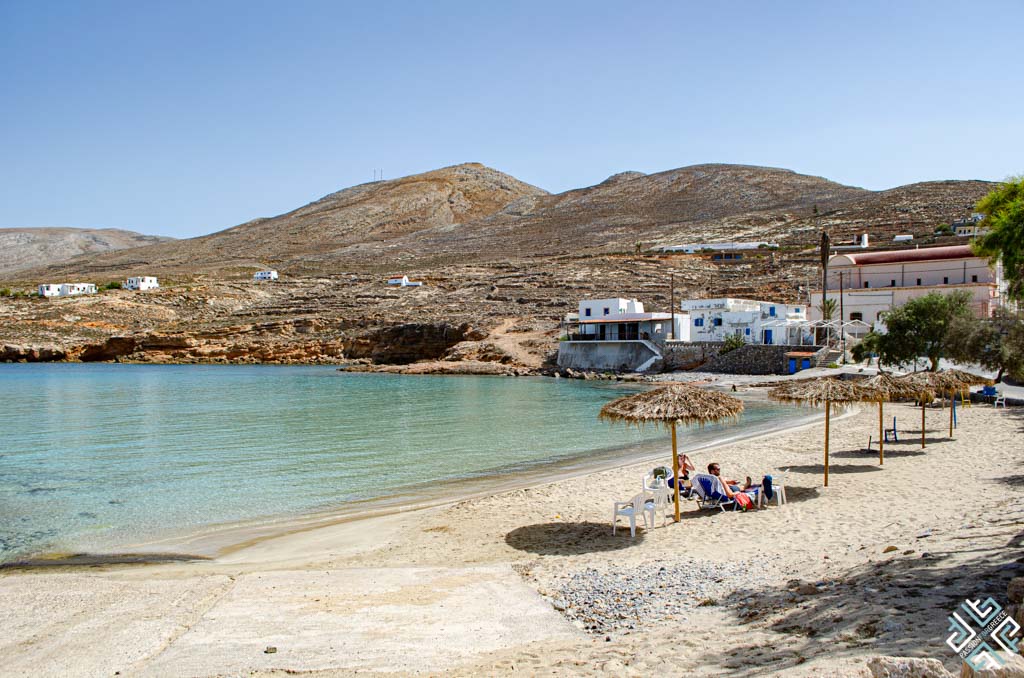
Located a short walk from the main port of Fry, this lovely sandy beach is the perfect retreat for a quick and refreshing swim. There is a traditional taverna right across from the beach serving seafood dishes and is also an ideal spot to enjoy a coffee between your swim breaks.
Helatros Beach

This remote beach is located on the southwest shores of the island. A natural harbor set between two cliffs is a mix of pebbles and sand, with calm waters. Visitors can escape the intensity of the Greek sun either under one of the straw beach umbrellas or the shade of the pine trees.
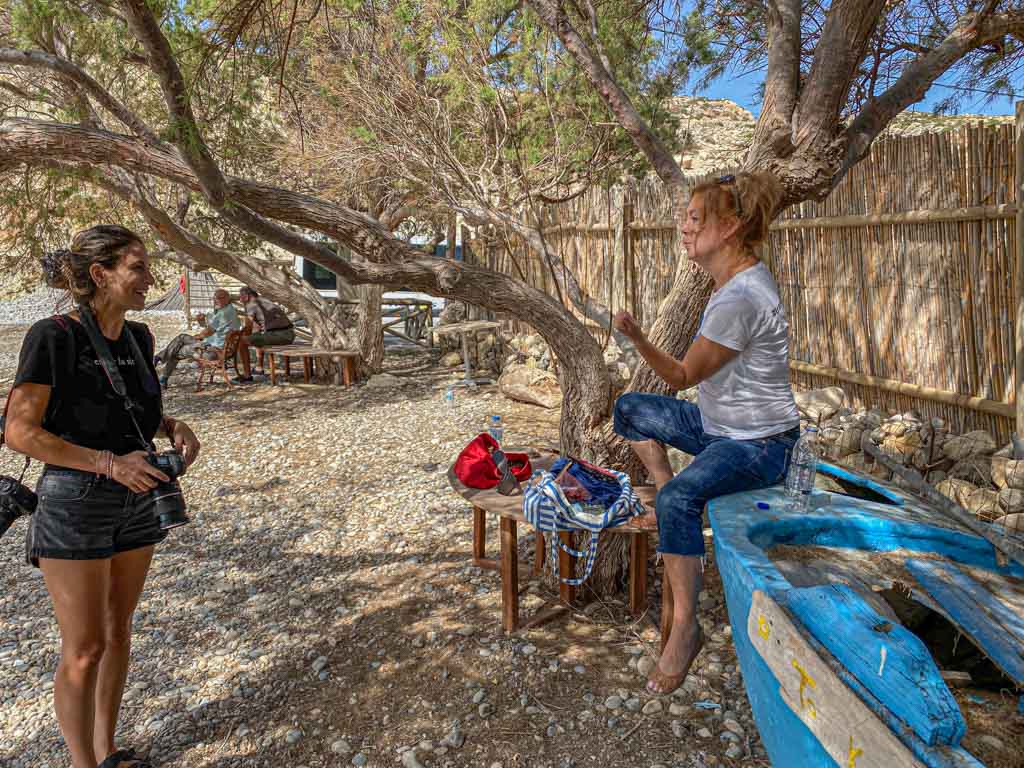
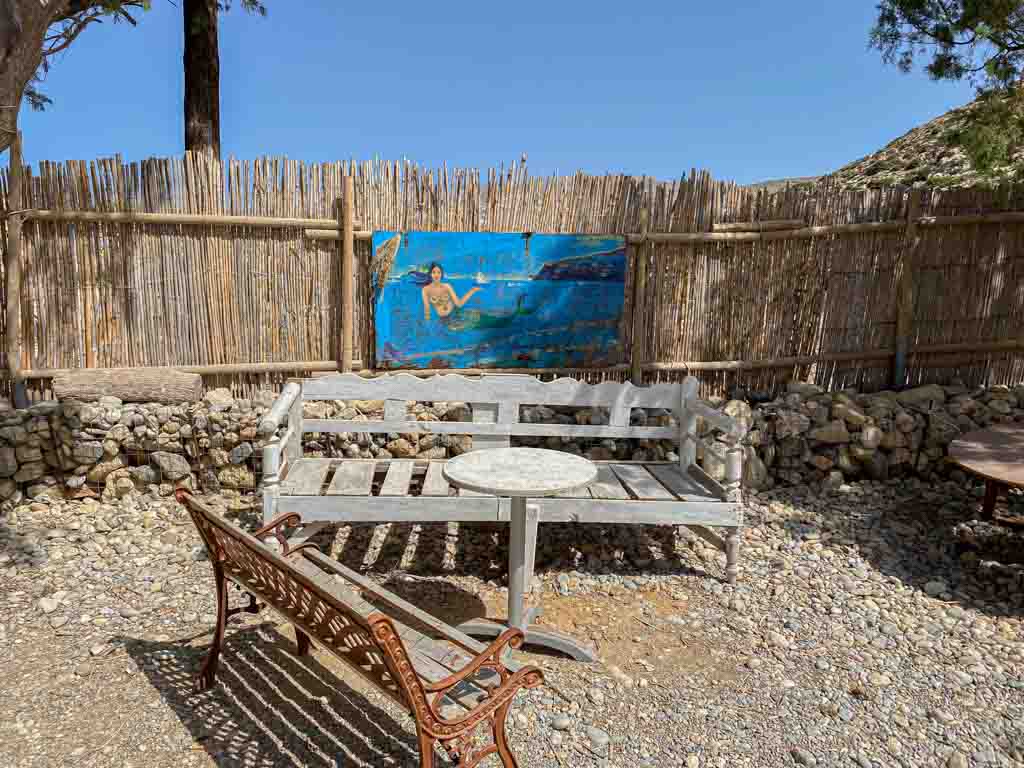
There is a local canteen serving refreshments and snacks. Off-season you are likely to come across local goats who come here for their afternoon stroll.
Marmara Beach, Armathia
The remote, uninhabited island of Armathia, set across from Kasos is home to the dreamiest, postcard-worthy beach of Marmara – famous for its silky white sand and turquoise waters. A boat trip, weather permitting to this heavenly beach should definitely be on your itinerary.
4. Churches of Kasos
Visitors of Greece would have noticed that the Greeks are fond of churches, and thousands of them are sprawled across the country and the islands – Kasos is no exception. On an island that throughout the centuries relied heavily on trade and seafaring, families would build churches to honor the saints that would protect their loved ones who went out to sea. There are 102 churches and monasteries on Kasos which are an essential part of the island’s charm. Set in various locations across the barren landscape, many of these churches offer sweeping vistas and are perfect spots to enjoy the majestic sunsets.

Although the churches are characterised by the whitewashed walls which is a recognisable element of the typical Greek architecture – they stand out for the deep terracotta red color of their roofs. In fact as we were told by Mr Manolis Magiorkinos, a senior seafarer and a ship builder of Kasos, this is the color that defines tradition and is the color of porphyry ( a term which in ancient Greek referred to purple and was the colour of Royalty, highly prized for monuments in Imperial Rome).
Some of the most notable churches on the island are:
Saint Spyridonas located in Fry overlooking the harbour of Boukas, with its four domes and impressive iconography.
The Church of Saint Dimitrios with its imposing bell town in the village of Arvanitochori.
Agia Kyriaki, the small church with the most splendid views of Fry and the surroundings. Make sure to come here for sunset, you will not be disappointed.
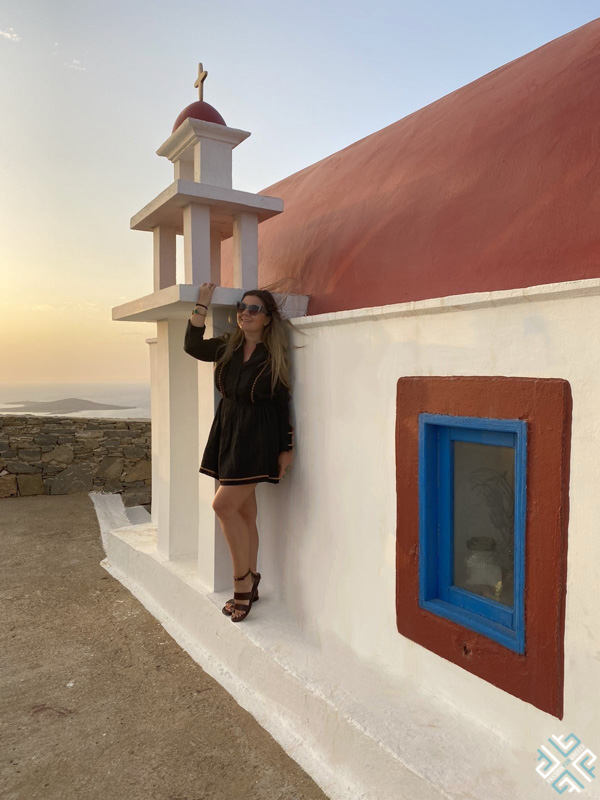
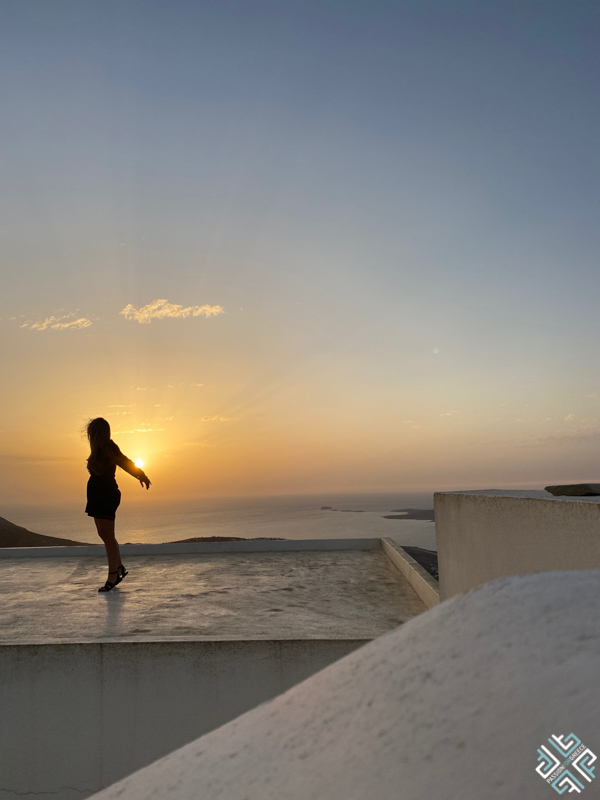
The Church of Panagia Potamitissa, an important church located next to the riverbed of Skilas which is in fact what the name of the church implies – the Virgin of the Riverbed. The church is inside a cave where the story has it that a shepherd found the miraculous icon of Virgin Mary.

Exi Eklisies, the six churches all lined in a row in the village of Panagia. The churches were constructed to fight six evil spirits, each dedicated to a saint – Agios Charalambos, Agios Antonios, Agios Ioannis, Agios Nikolaos, Agia Karra and Agia Varvara.
The Monastery of Agios Mammas, offers spectacular views of the Aegean Sea, inside the church you can admire a beautiful wood carved iconostasis and pebbled mosaic floors.
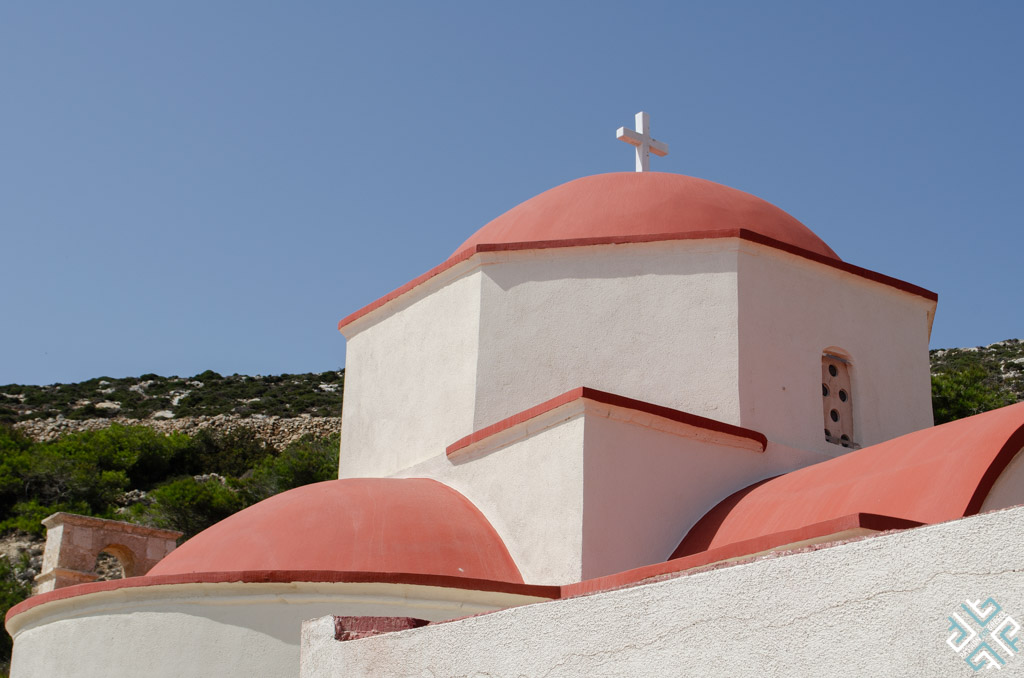
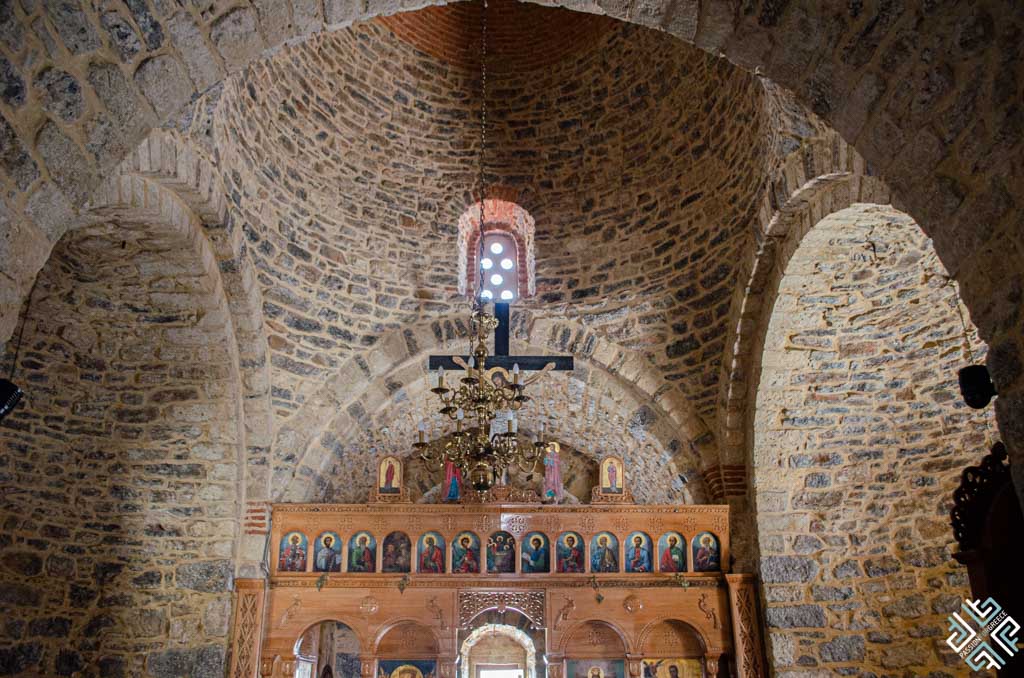
The Monastery of Saint George was constructed in the 17th century to honor the protector of the island. The legend has it that the icon of Saint George was found floating in the sea, perhaps from a shipwreck.
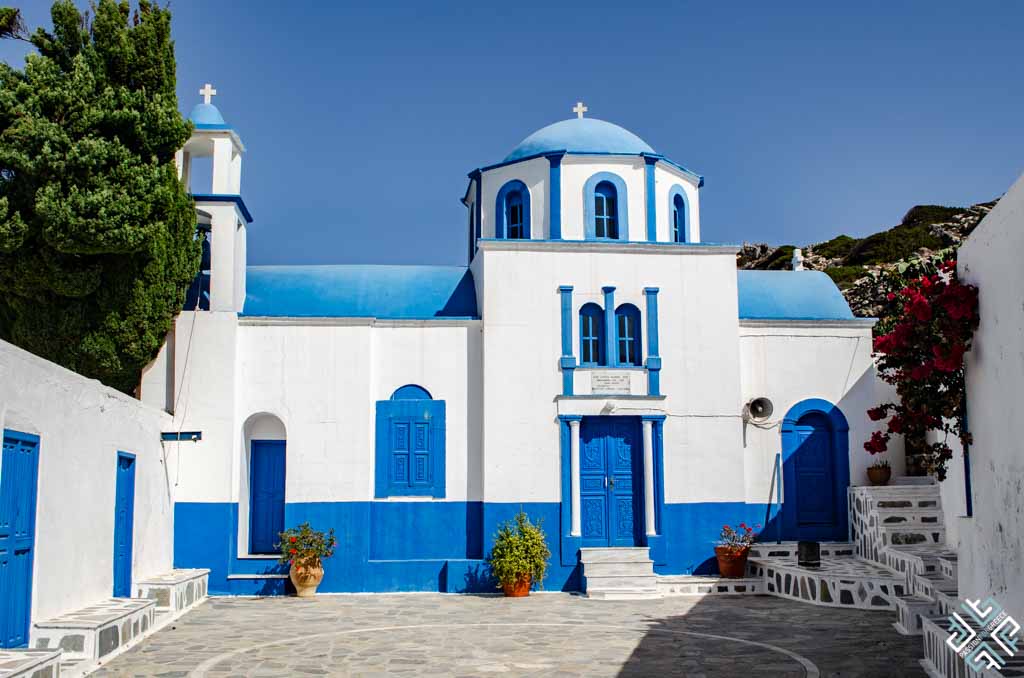
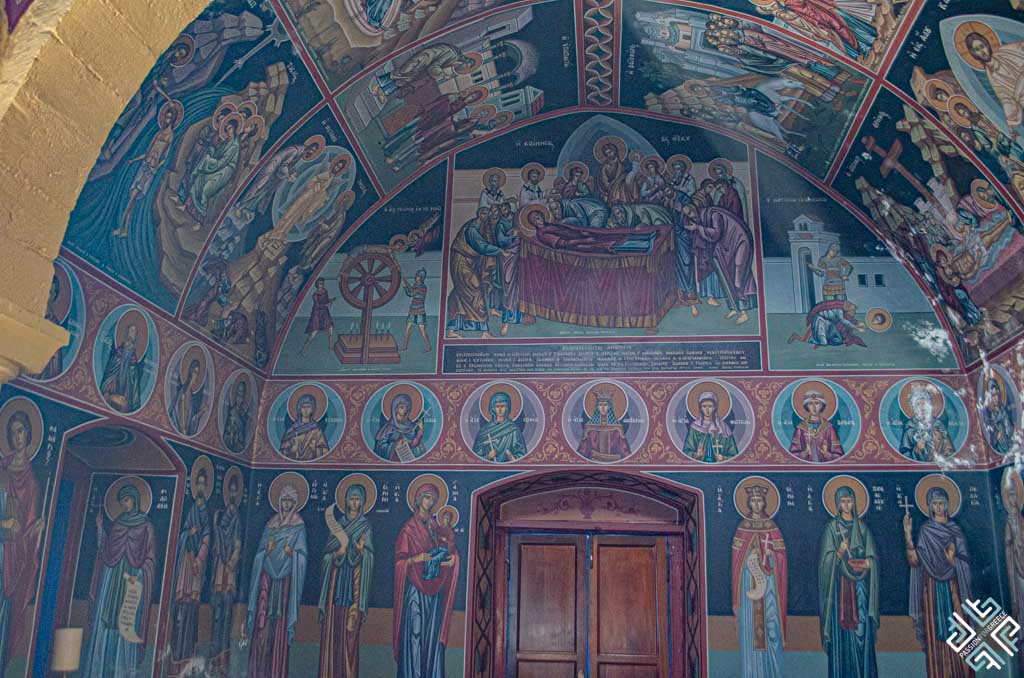
The locals took it with the plan to build a church, they did, however, have trouble locating the best spot for the church so they tide it to a donkey, and where the donkey stopped they took it as a sign that this would be the best location to construct the church. On the grounds of the monastery and several guesthouses that welcome visitors who come to pay their homage to the saint.
5. Ancient Site of Ellinokamara
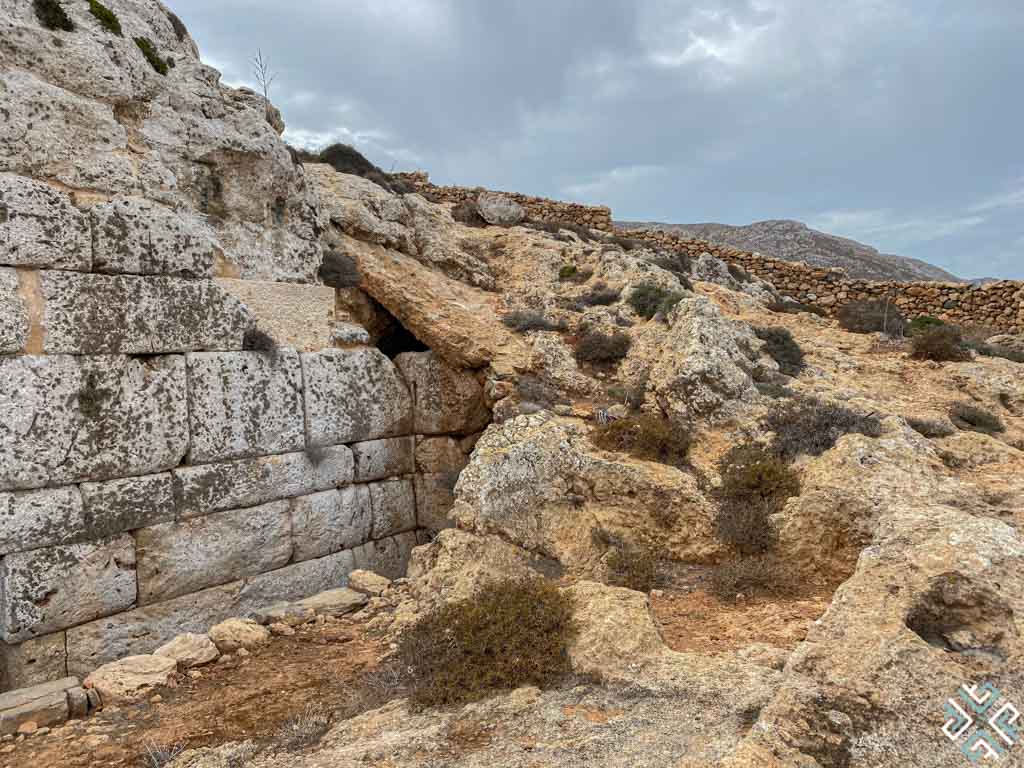
The ancient site of Ellinokamara dates back to the 5th century BC. Located on the northwest part of the island close to the village of Agia Marina, this archaeological site requires a short hike through the rocky paths.
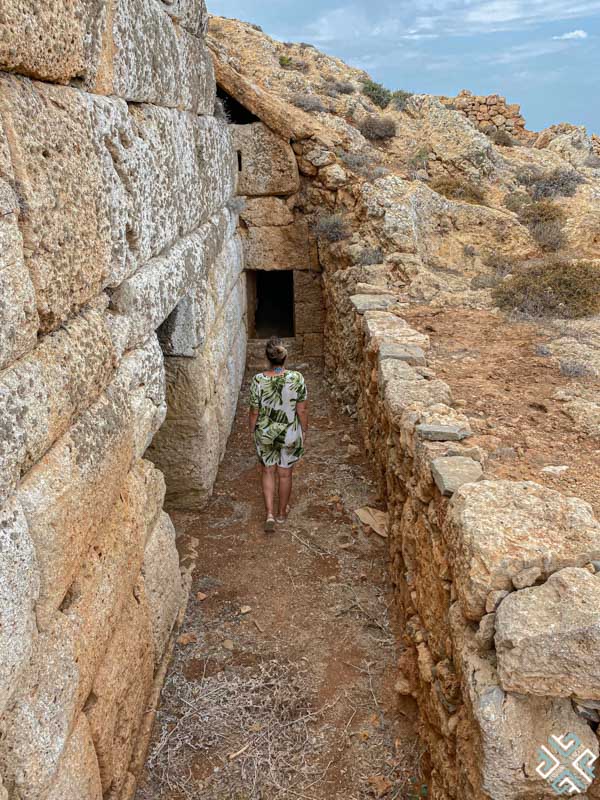
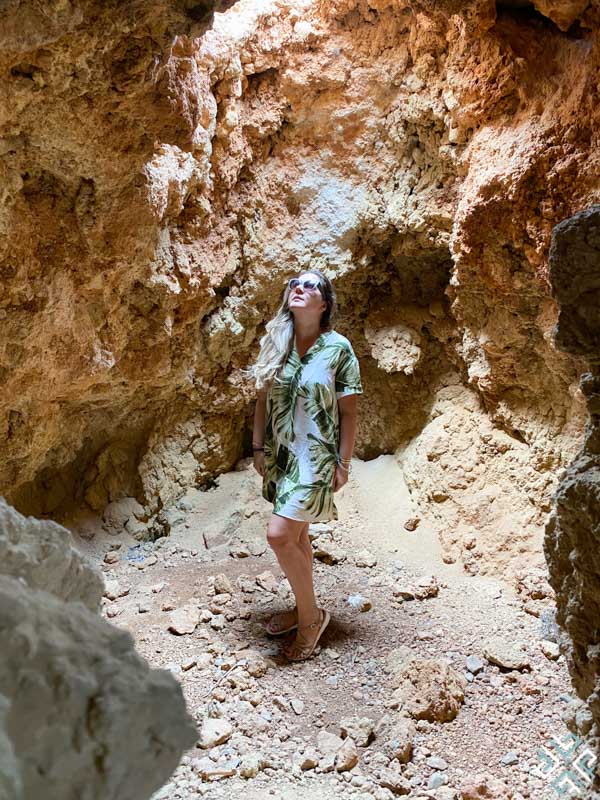
The ancient ruins with the Cyclopean walls are evidence of the Minoan and Mycenaean civilizations that once inhabited the island. The views from here are spectacular though.
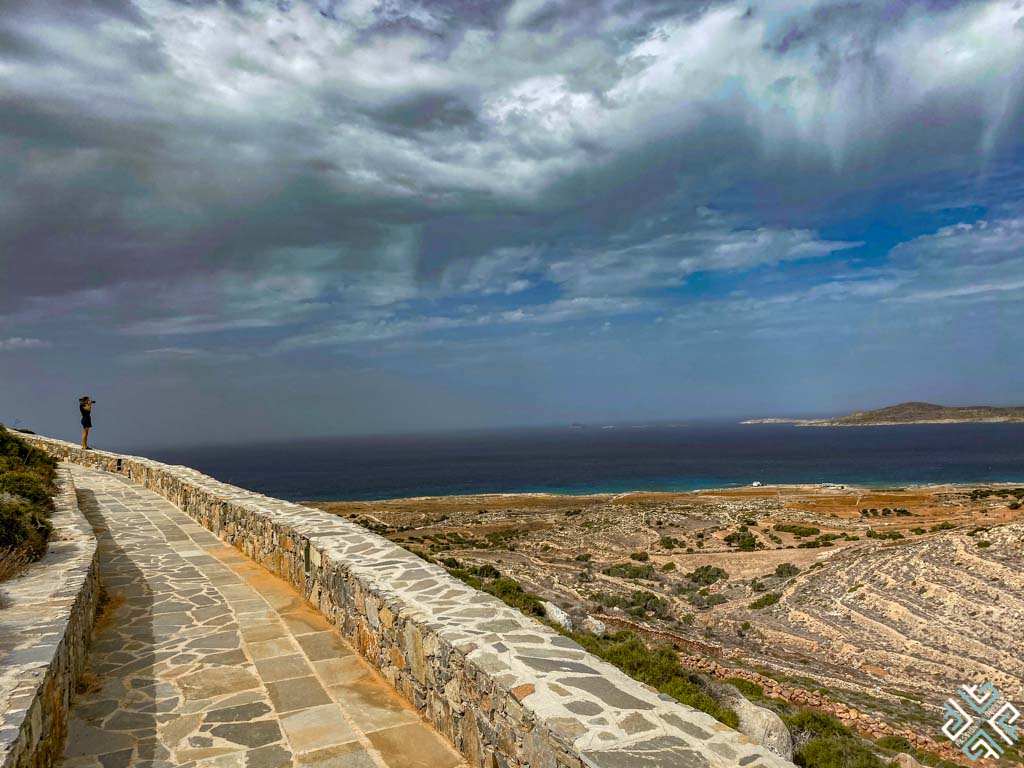
6. Traditional Kasiot Captains’ Houses
Visiting a traditional Captain’s house is a must-experience when in Kasos for those who wish to learn more about the local customs and way of life.
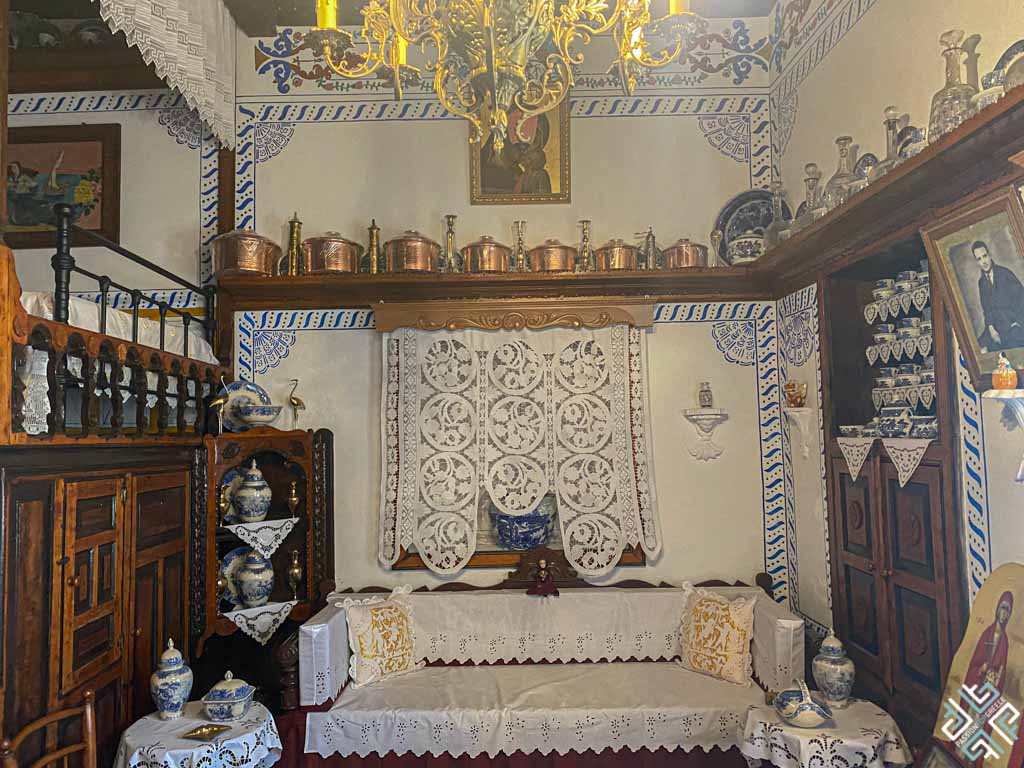

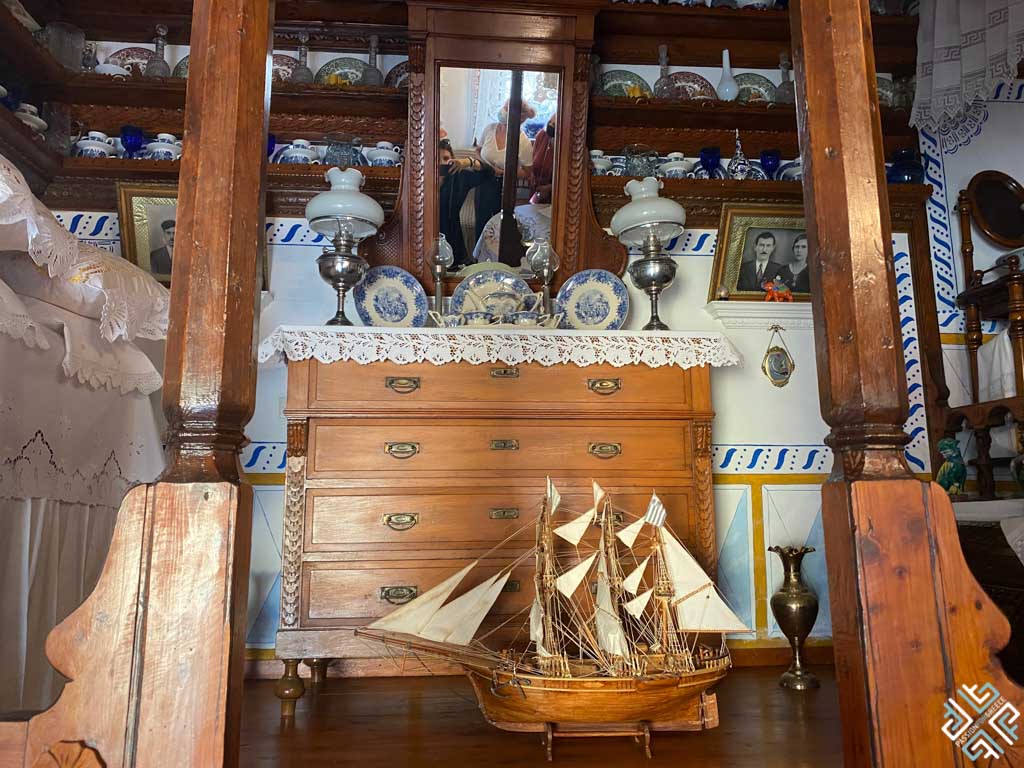
The House of Ioulia Daskalaki located in Fry is open to visitors and offers a unique experience to visitors, showcasing fine examples of traditional furniture and other artifacts. Contact Kasos Tours for a guided visit to a traditional Kasiot house.
7. Mosaic floors
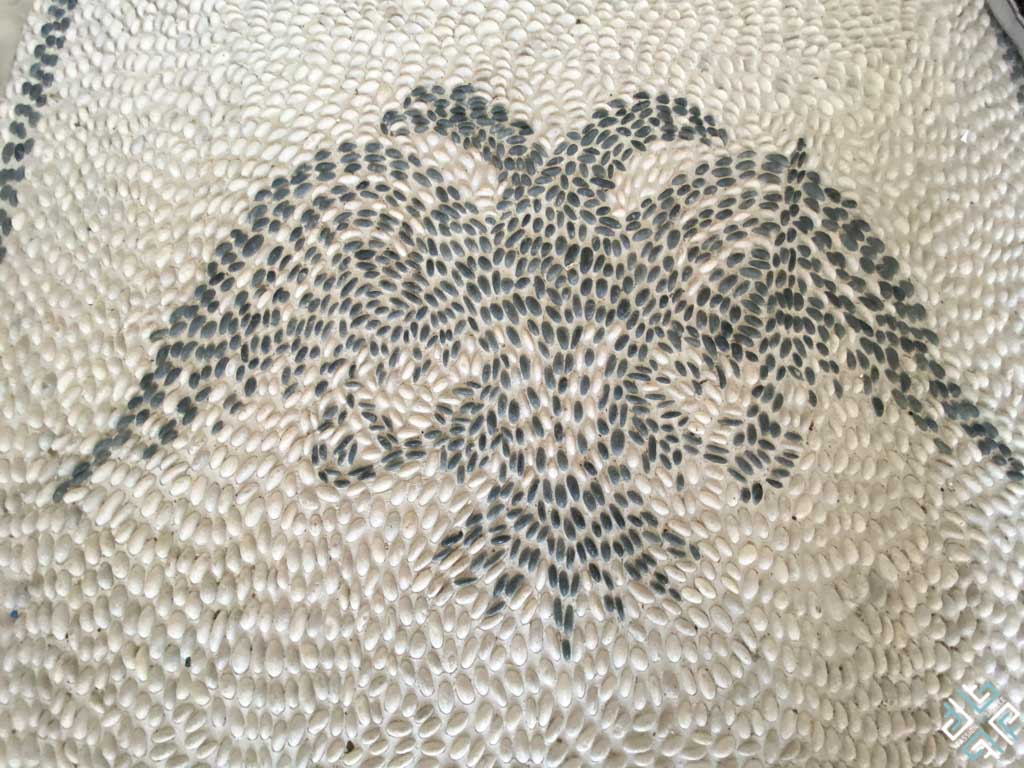
A unique element of the Kasiot architecture are the mosaics known as chochlaki which made of smooth black and white pebbles found on the floors of the island courtyards and numerous churches. We admired several masterpieces during our visit to Kasos.
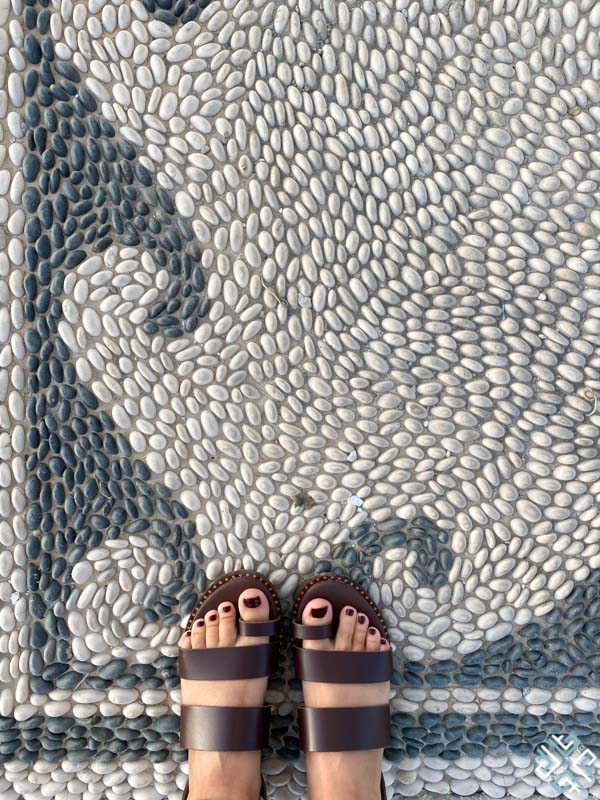
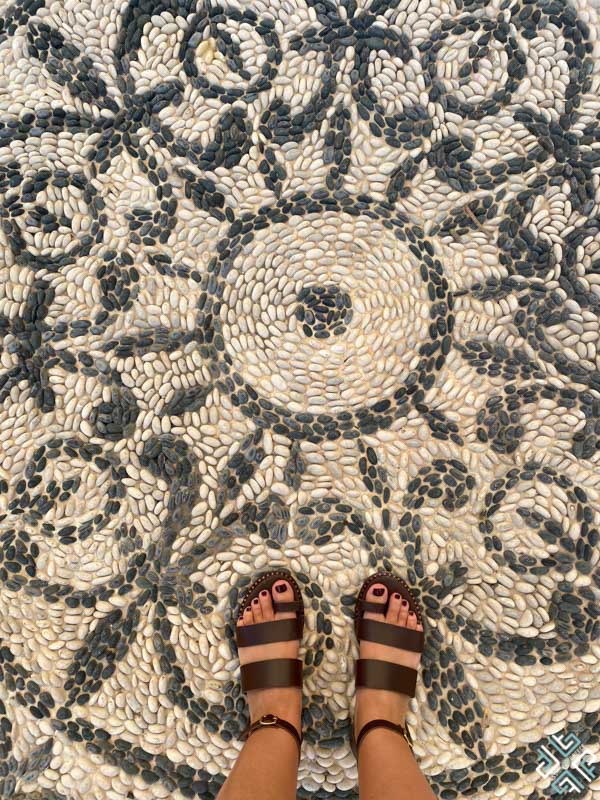
8. The Library
One of the attractions of Fry is the Municipal library of Kasos, housed in a neoclassical building with four pillars that ornate its facade.
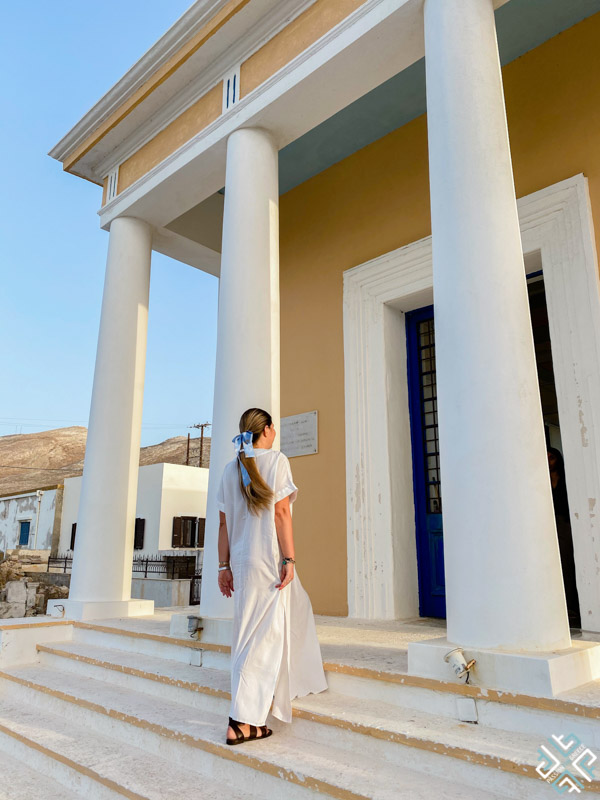
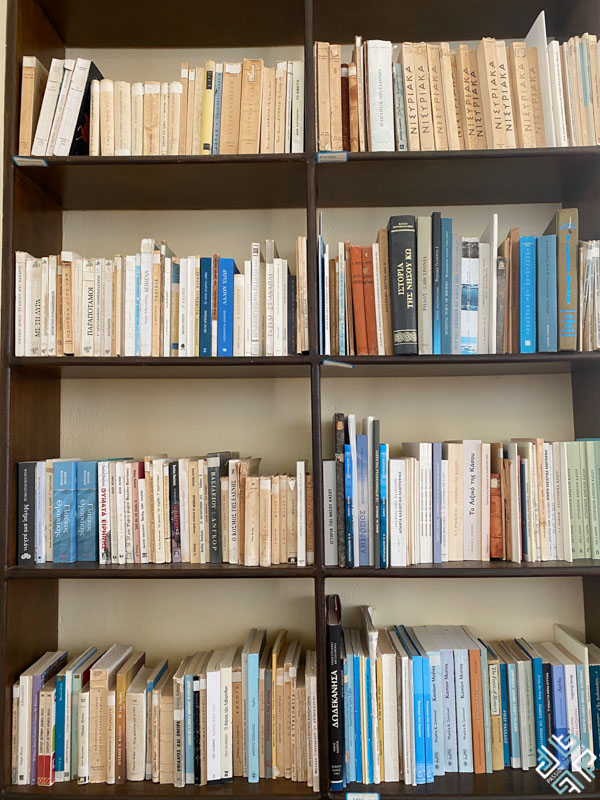
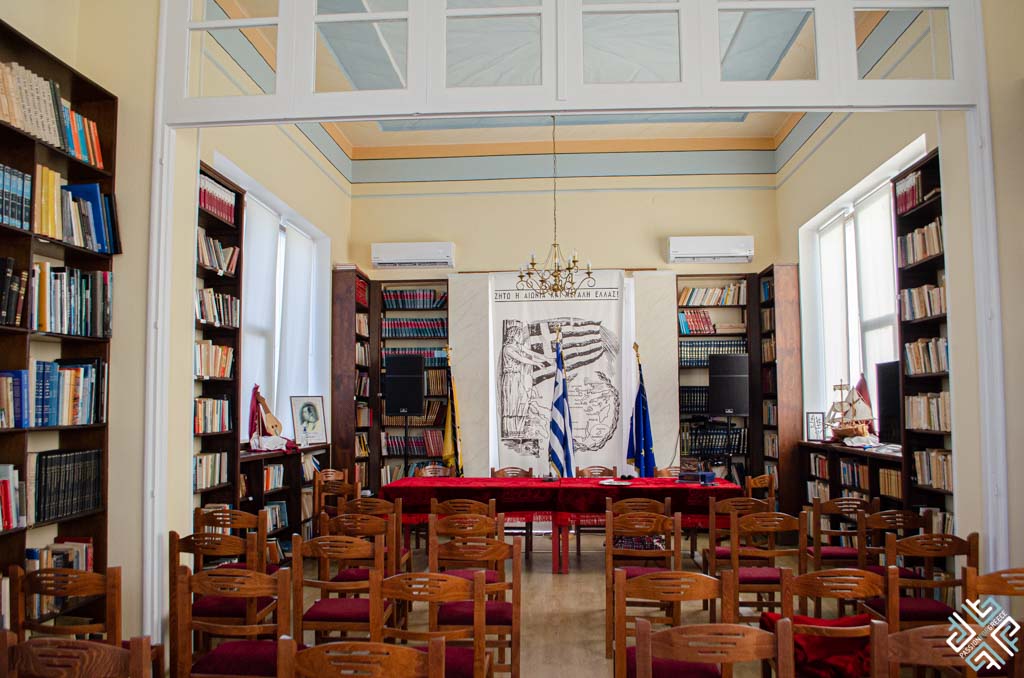
9. The Archaeological Museum of Kasos
The small archaeological museum of Kasos is located in the former town hall building of Fry. Here visitors can admire a collection of findings from the different historic eras of Kasos.
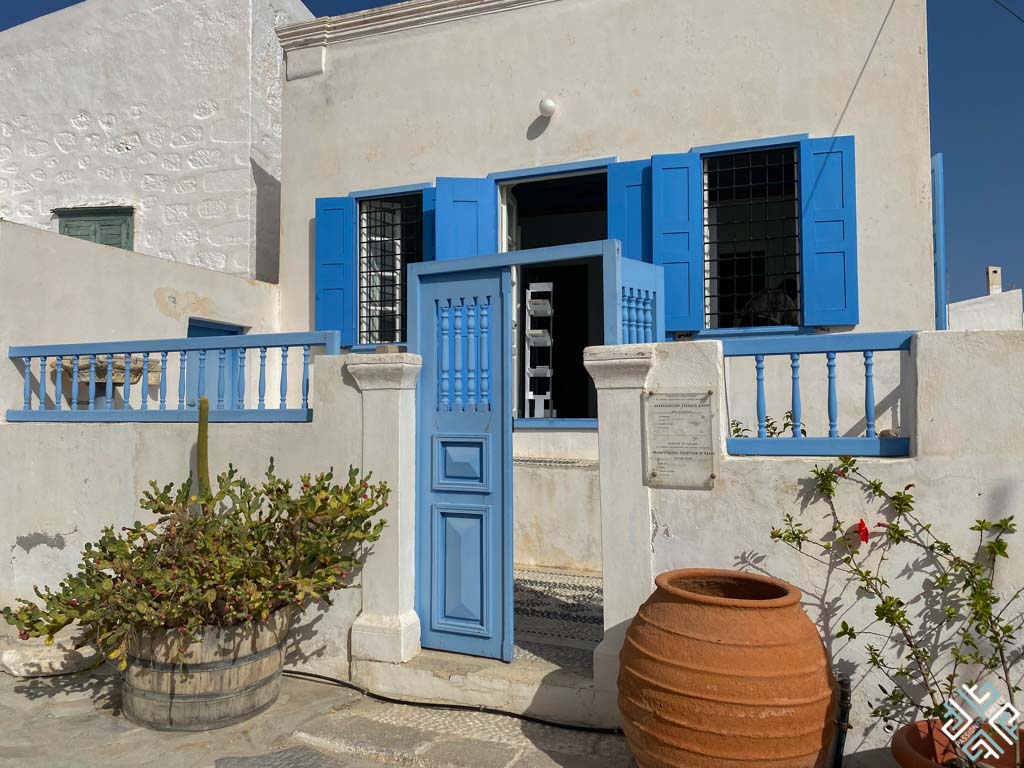
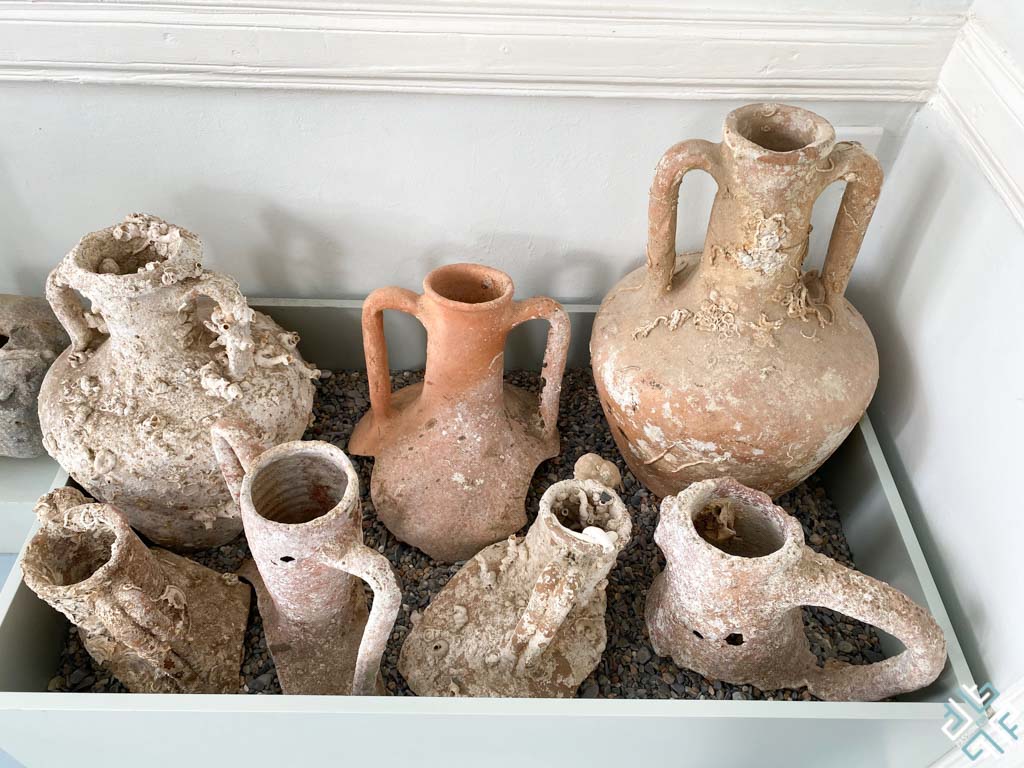
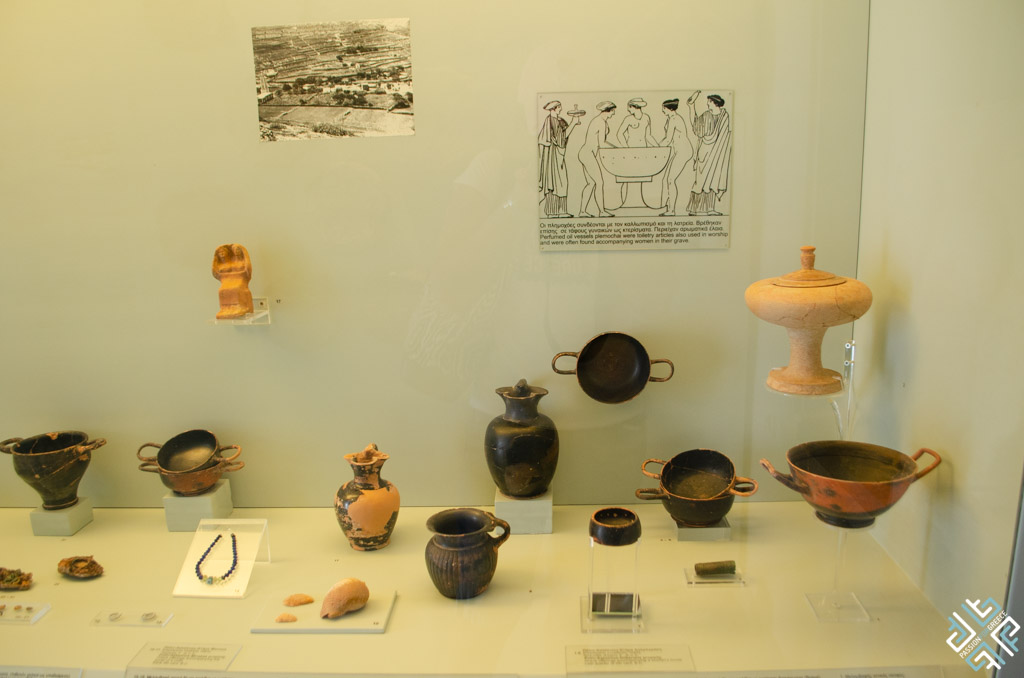
10. Delicious Kasiot Food
Food is an integral part of any holiday experience and is by far the best way to get to know the true character of a destination. The Kasiots are proud of their cuisine and rightly so, as the rich flavors greatly reflect the brave character and the distinct characteristics of its barren and rugged terrain.
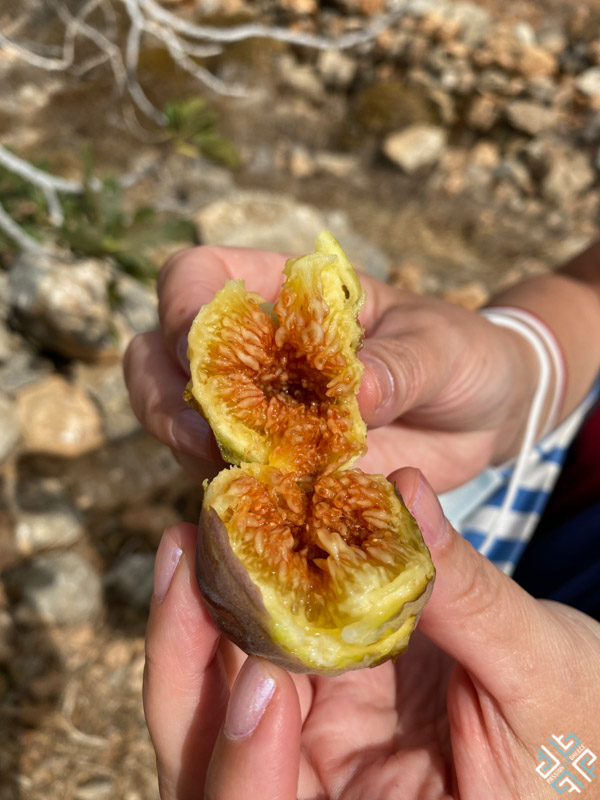
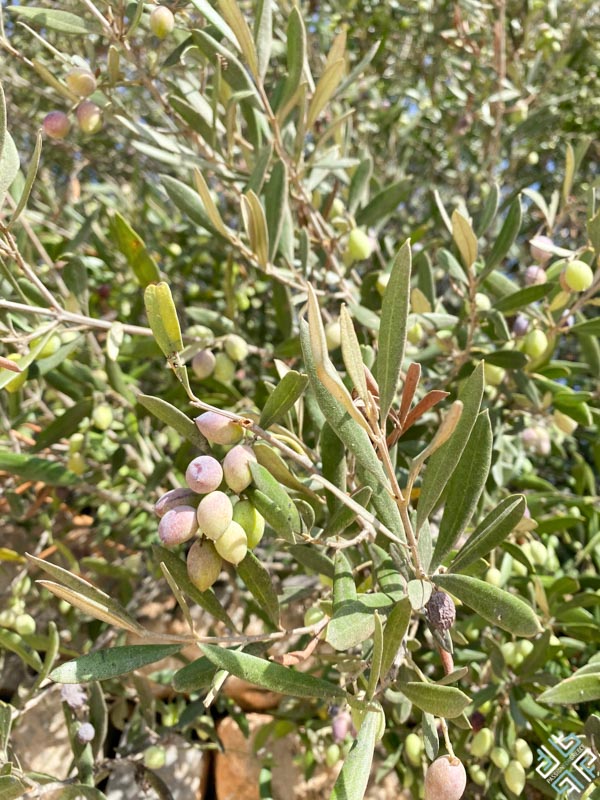
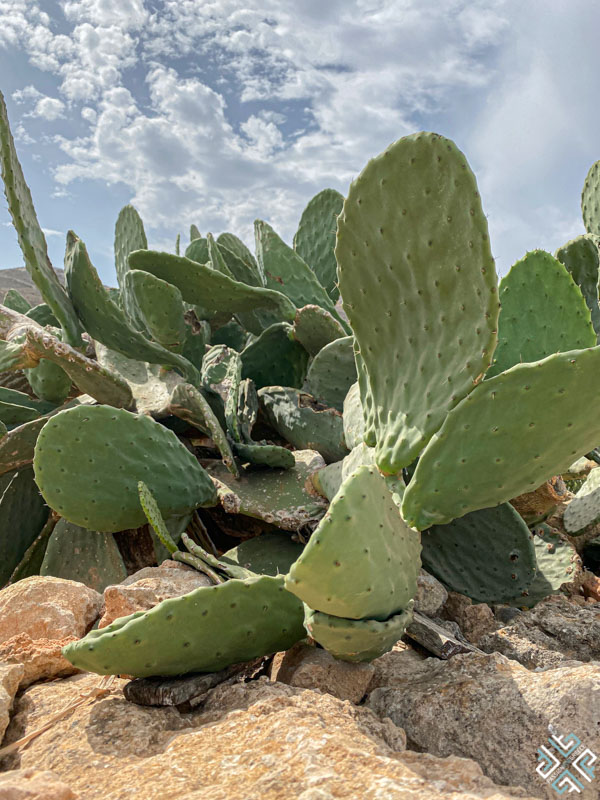
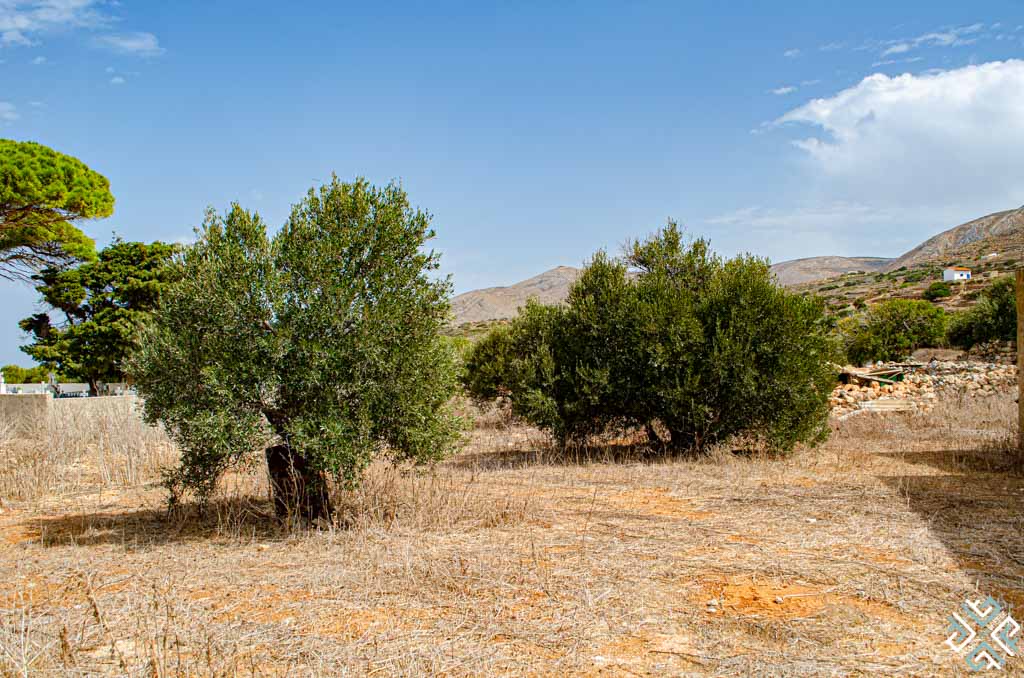
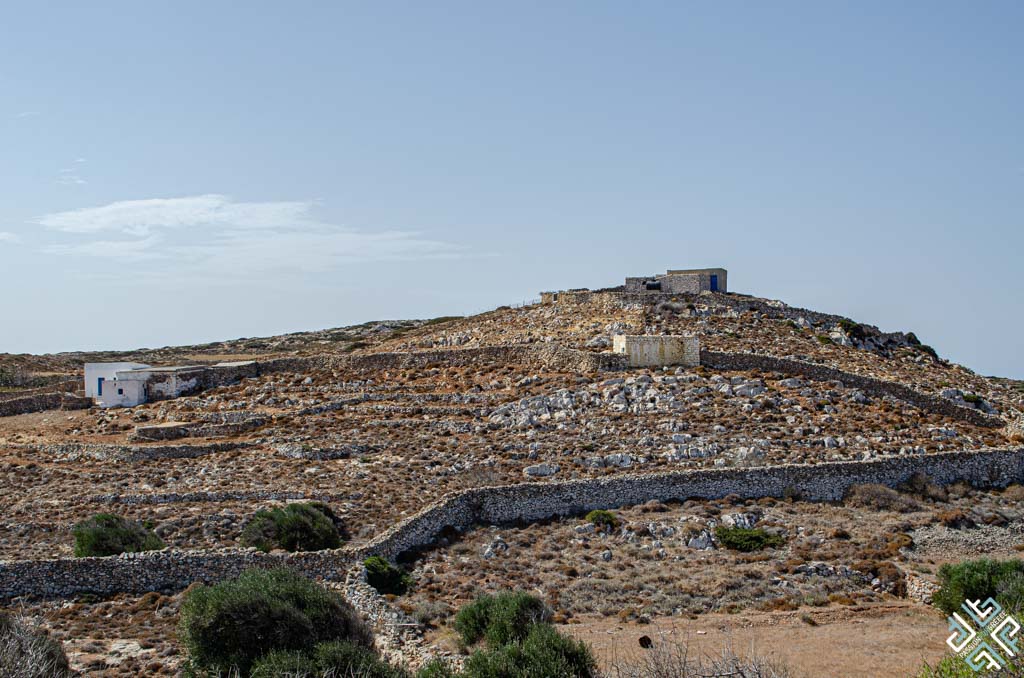
The Kasiots are particularly fond of their dairy products and the richness of their cheeses. Goats and sheep are kept on a spectacular healthy diet, as they graze on the fabulous aromatic herbs while enjoying the fresh air.
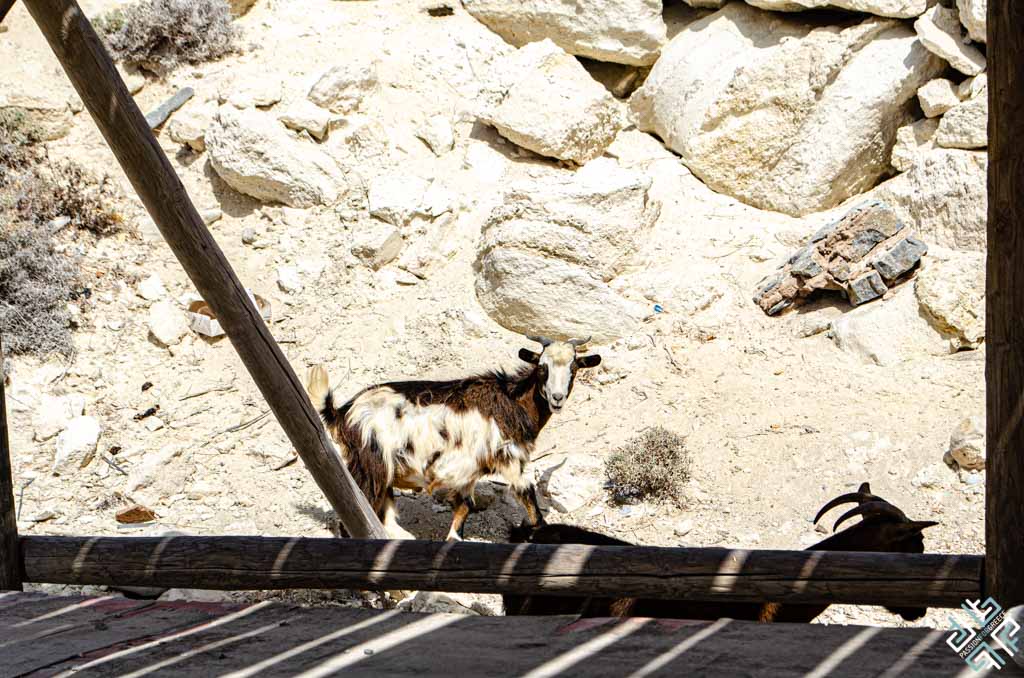
Driving across the Kasiot landscape we came across many mitata – a mitato is a shepherds hut made of stone. These tiny houses were an integral part of the island’s cheesemaking tradition for centuries.
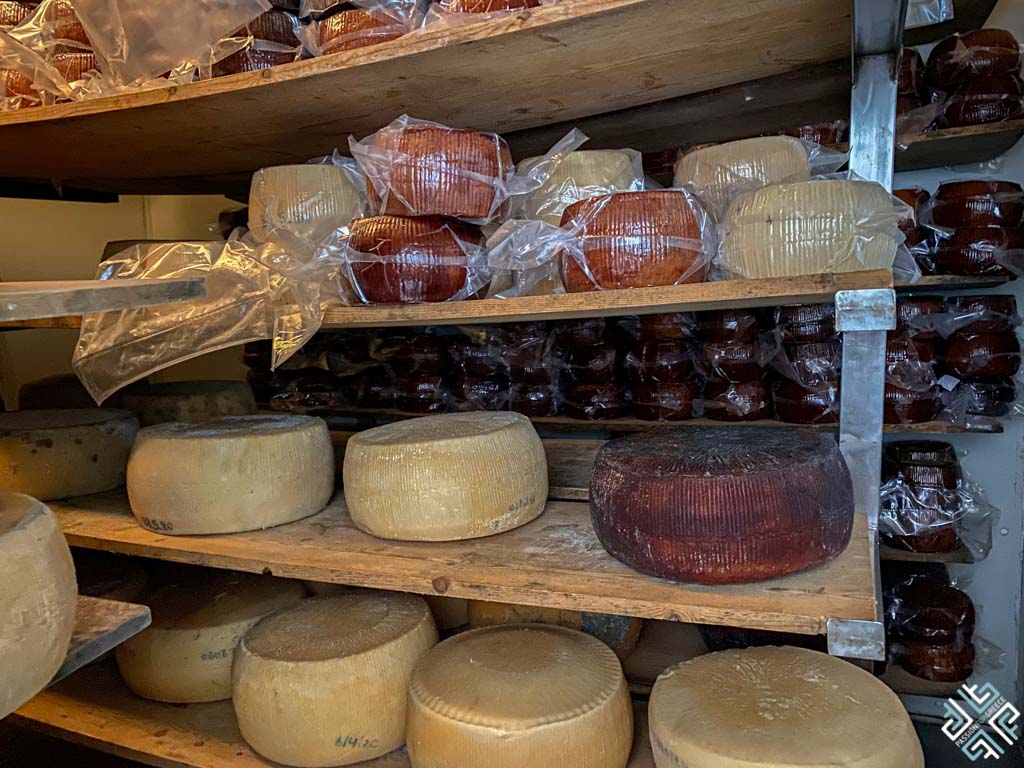
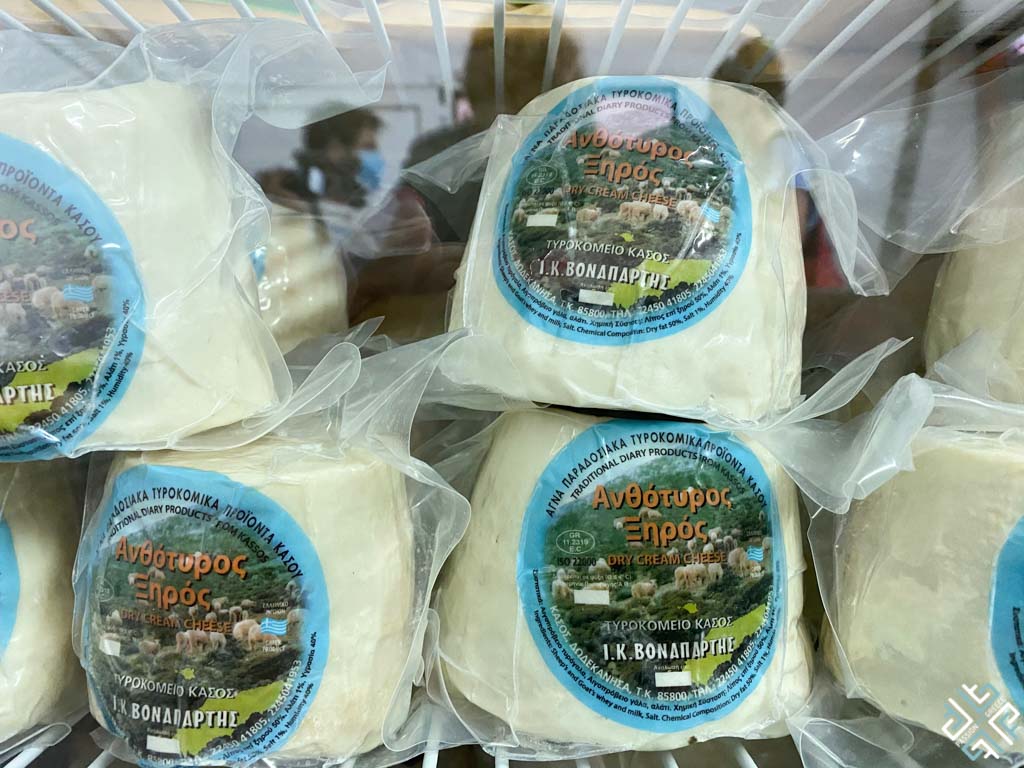
Turophiles are invited to savor a few spectacular cheese varieties such as: elaiki – a salted goat’s or sheep’s mizithra – soft cheese left to mature in butter for several months, the classic mizithra – delightful soft cheese, a classic graviera cheese infused with herbs like thyme, meriareno – a spicy, buttery graviera cheese made of sheep’s and goat’s milk, left to mature for 12 months, almirotiri – as the name implies salty cheese. A staple dairy product of Kasos is Sitaka – flavourful and strong it is somewhat a mix of butter and cheese which is the star product of the famous Kasiot dish makarounes – a thick, short pasta which is served with caramelized onions and plenty of Sitaka.
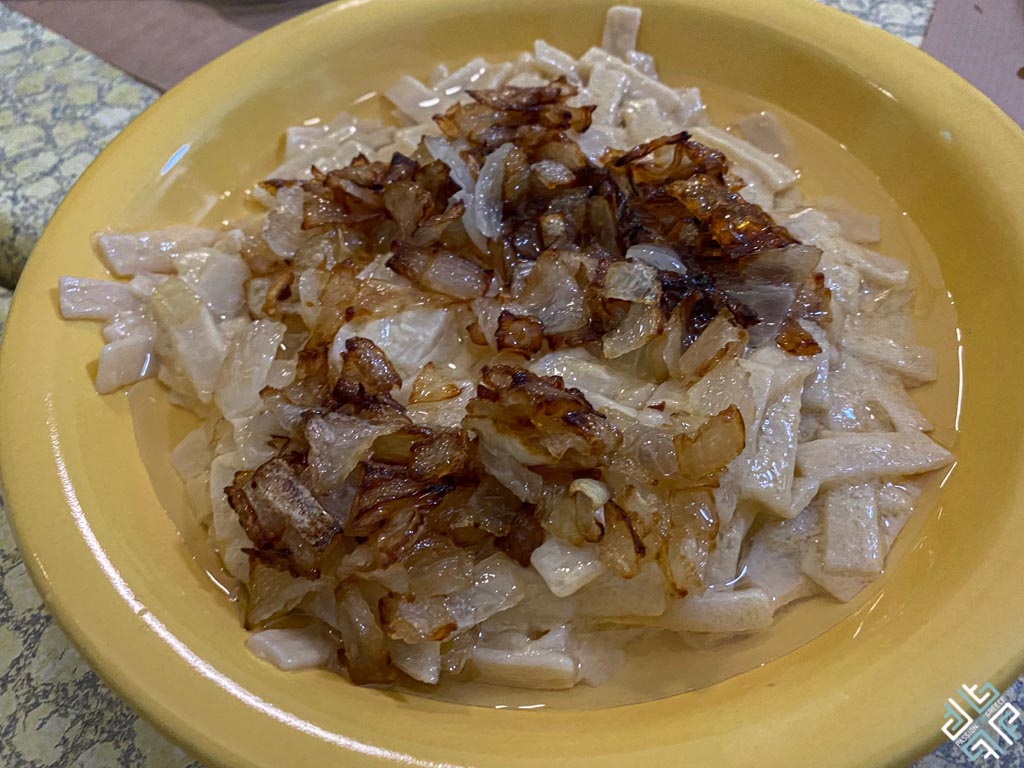
One evening on our wonderful farm to table experience organised by Kasos tours, we learned the art of making makarounes – and how elaborate and skilful one must be to flick these thick pieces of dough into the right shape.
Sitaka is also a staple ingredient in the traditional Kasiot breakfast that is served with bread or bread rusks and honey.
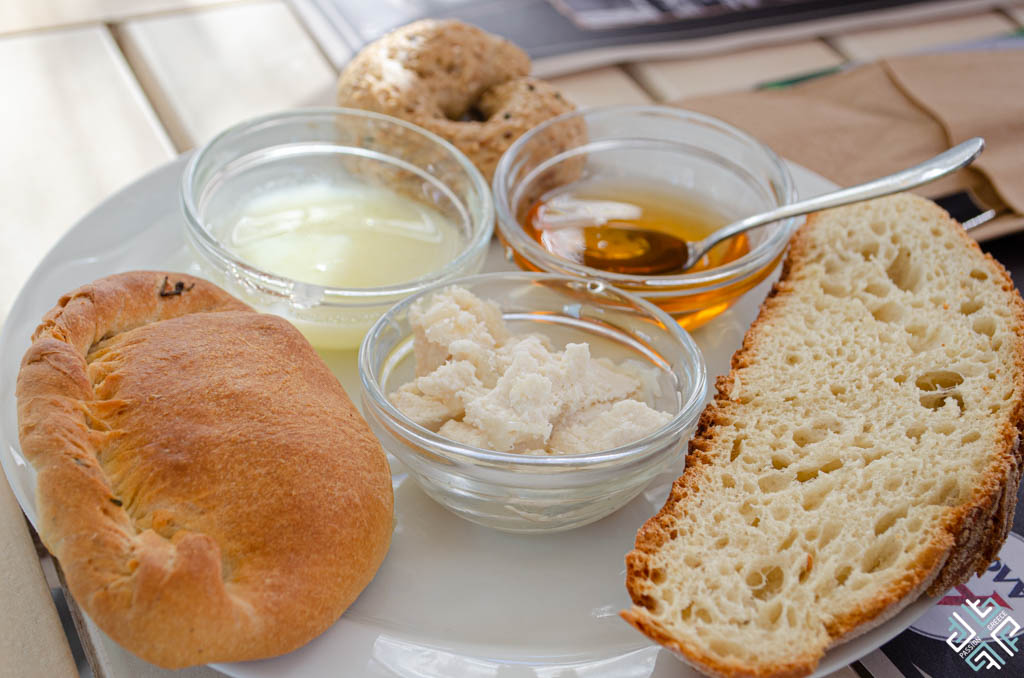
Dolmades or dormaes – the stuffed vine leaves are another distinct dish of the famous Kasiot cuisine. Although you will hear this name and see it on the menus of many Greek restaurants – the Kasiot version can only be found on Kasos. These tiny skilfully hand-rolled vine leaves studded with minced meat and served in a rich lemon sauce are quite addictive – you will not be able to resist eating a whole plate of those on your own.
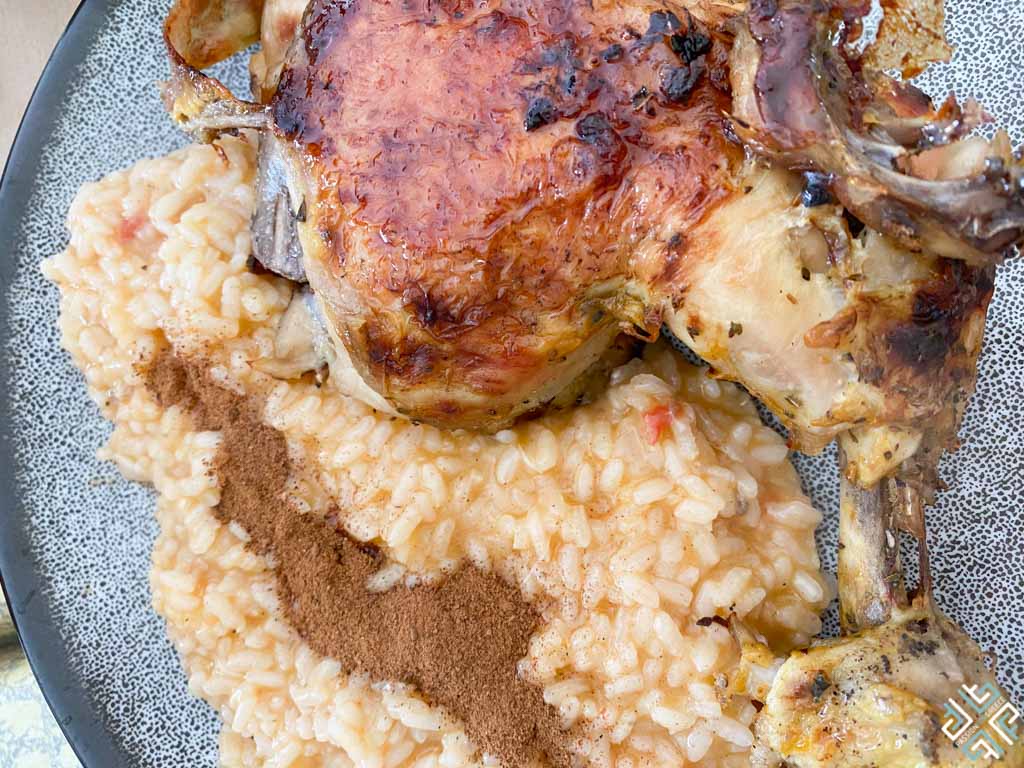
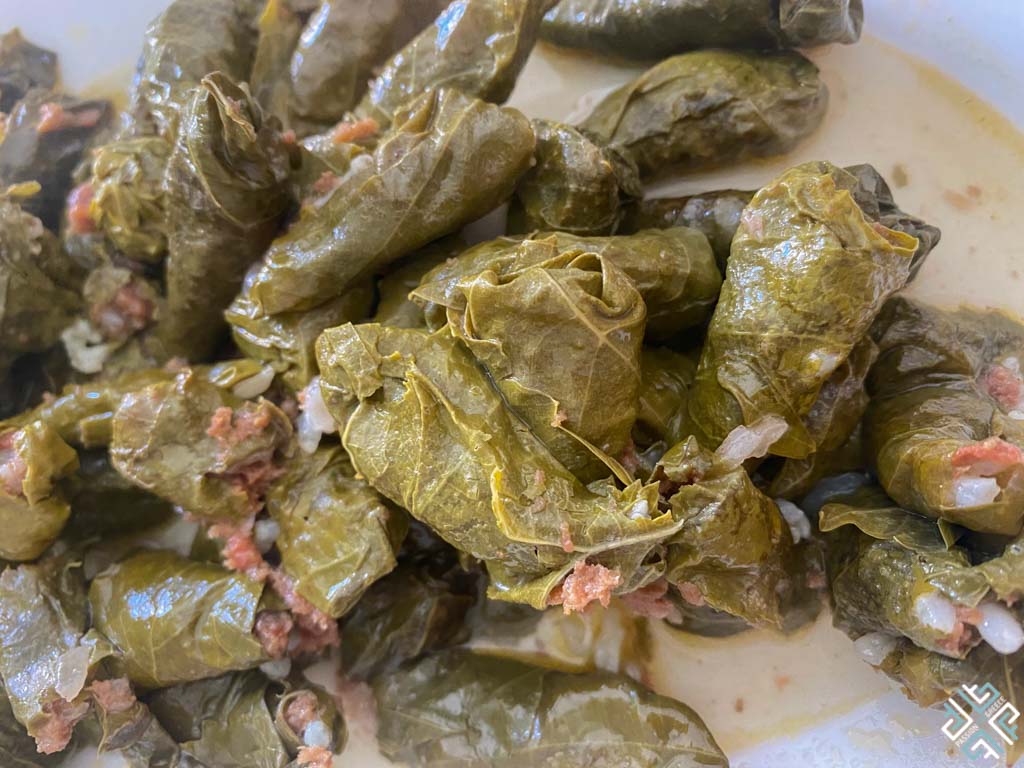
The chicken pilaf is another unique dish you ought to try, the sweet chicken is cooked with a generous addition of cinnamon – not the typical way of cooking chicken in Greece, yet the soft creamy rice is a perfect compliment to this exotic dish.
11. An authentic Farm to Table Experience
Experience the authenticity of traditional Kasiot life and the simplicity of its dishes by joining the locals on a farm-to-table experience organized by Kasos Tours.
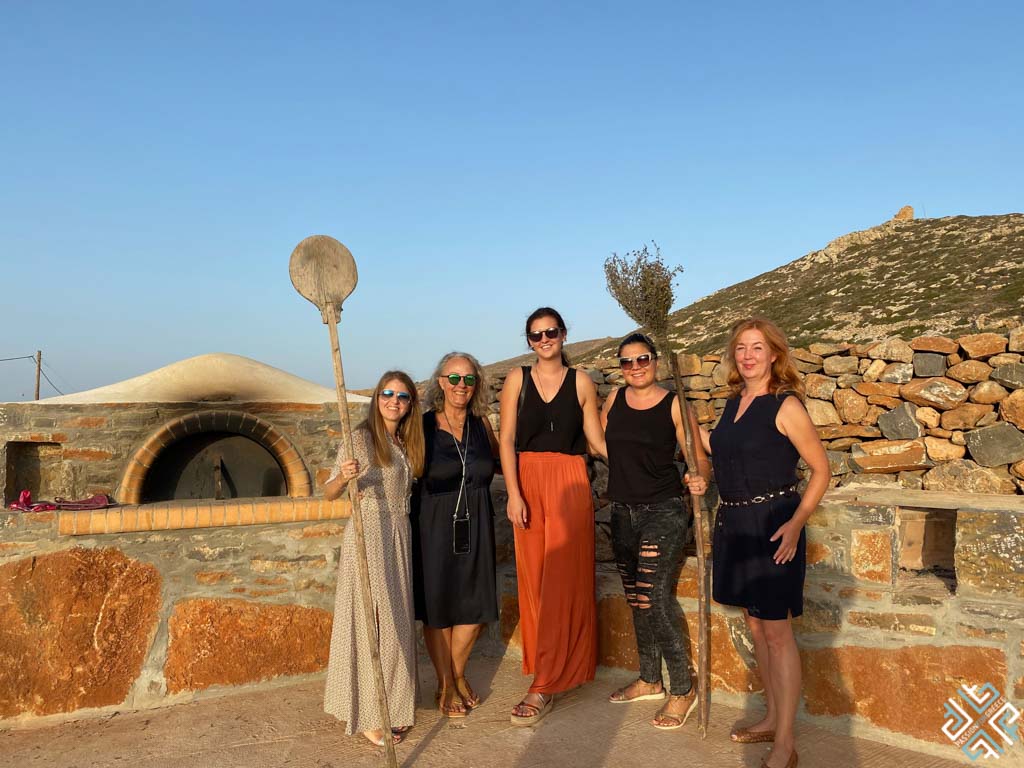
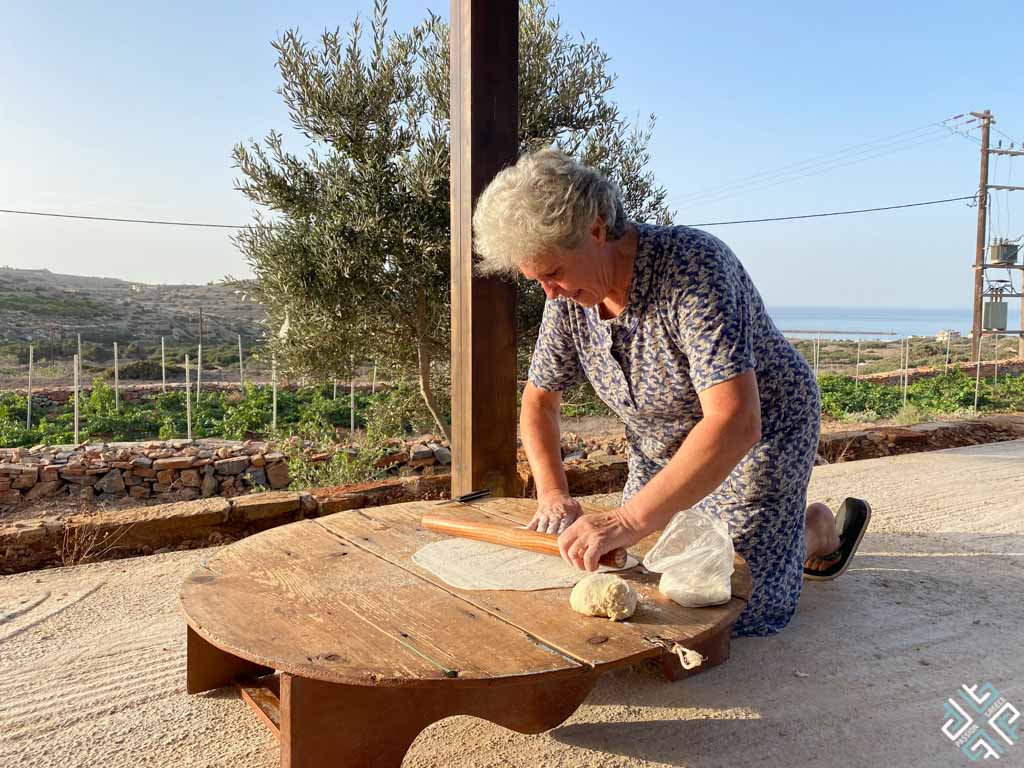
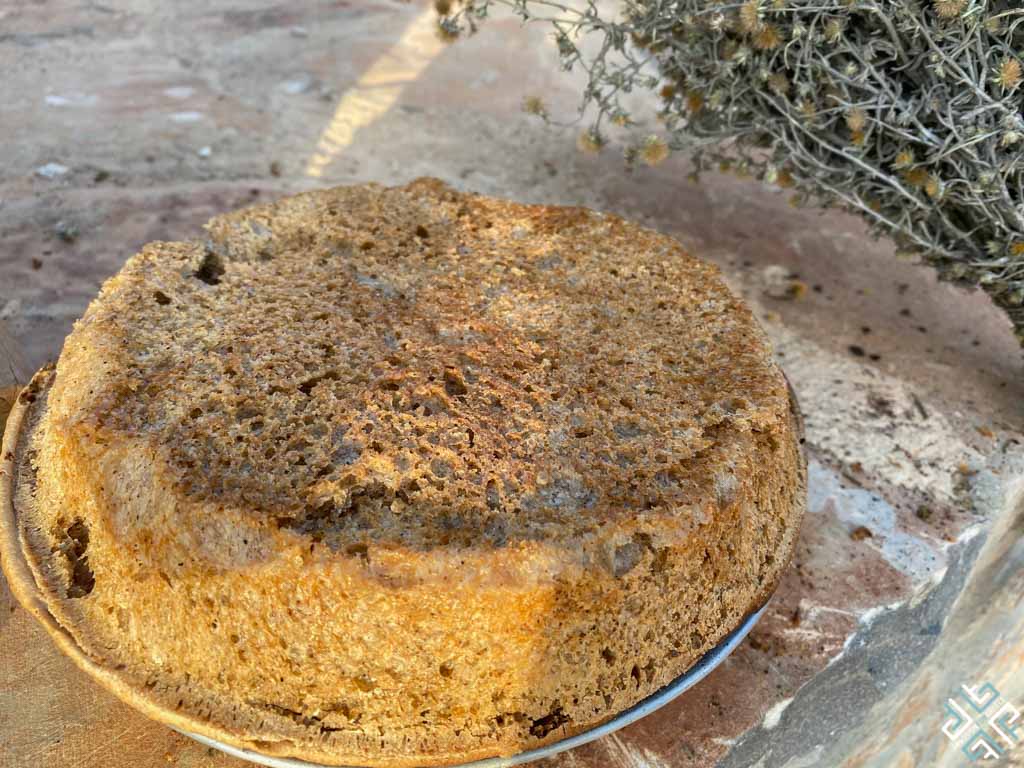
On one of the evenings during our stay on the island, we had a wonderful evening where we learned the techniques of making makarounes from Mrs. Maria, who also prepared us a delightful meal made of goat and orzo pasta, cooked in a rich tomato sauce in a wood-burning oven.
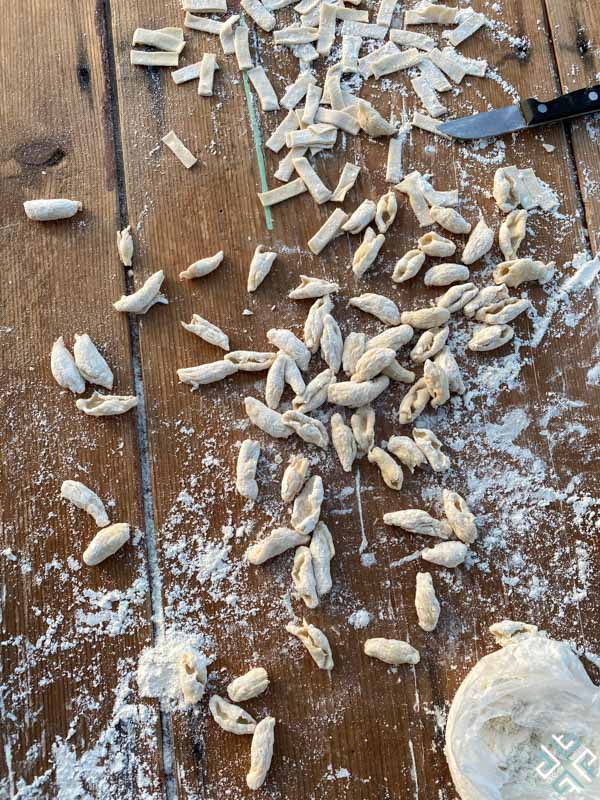
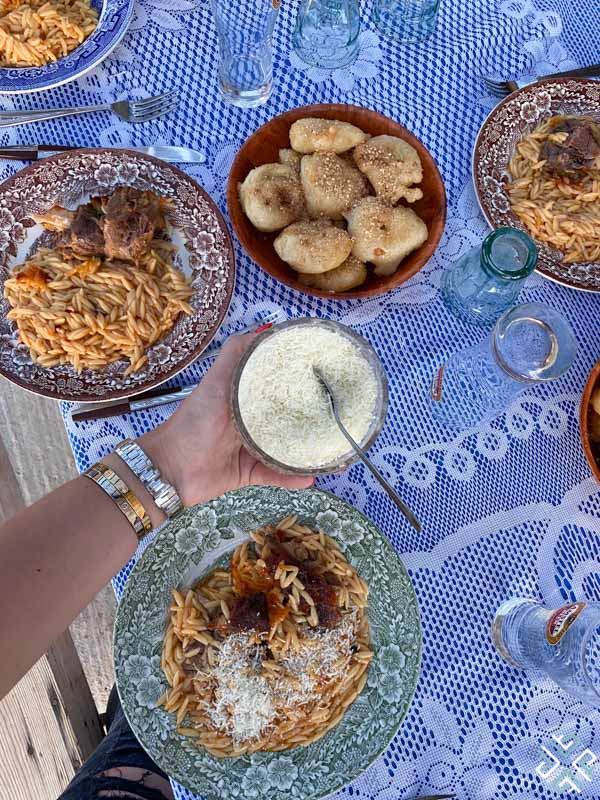
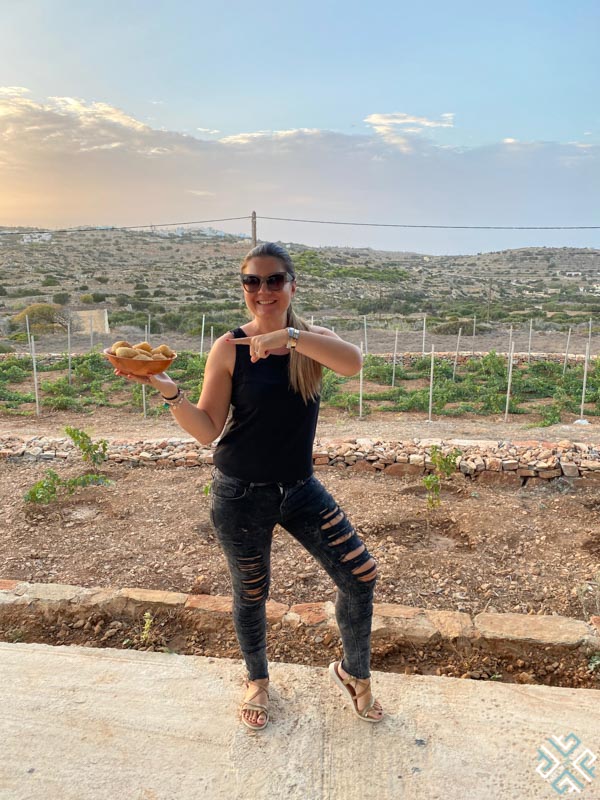
For dessert we had tiganites – dough fried over open fire and served with honey.
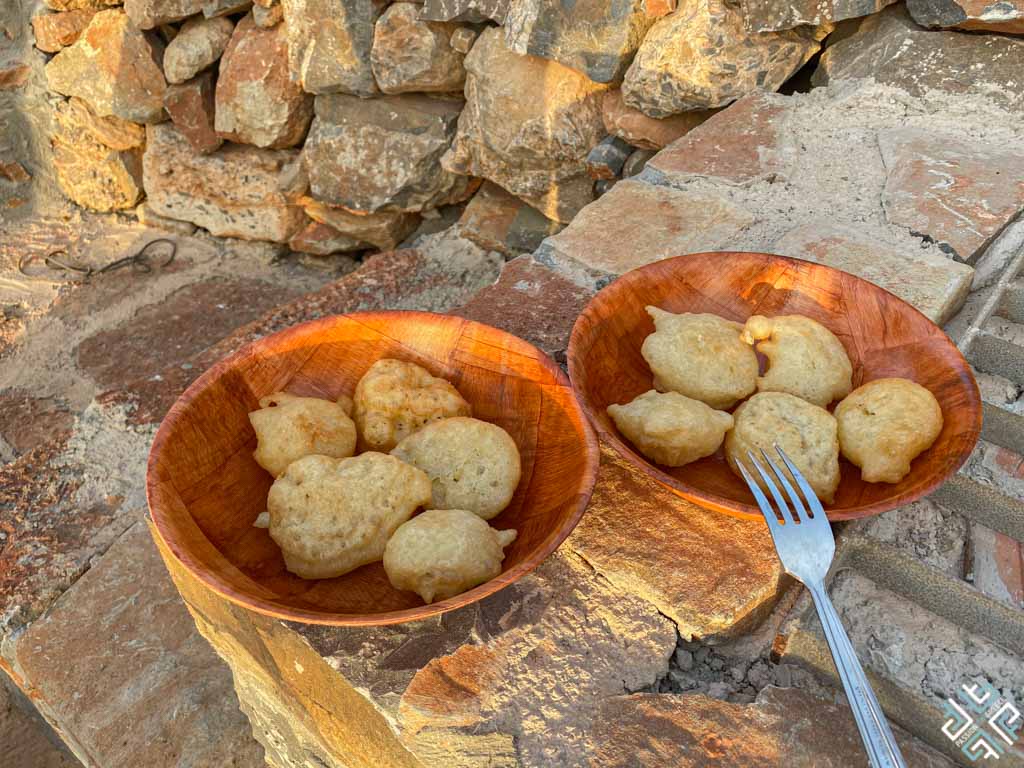
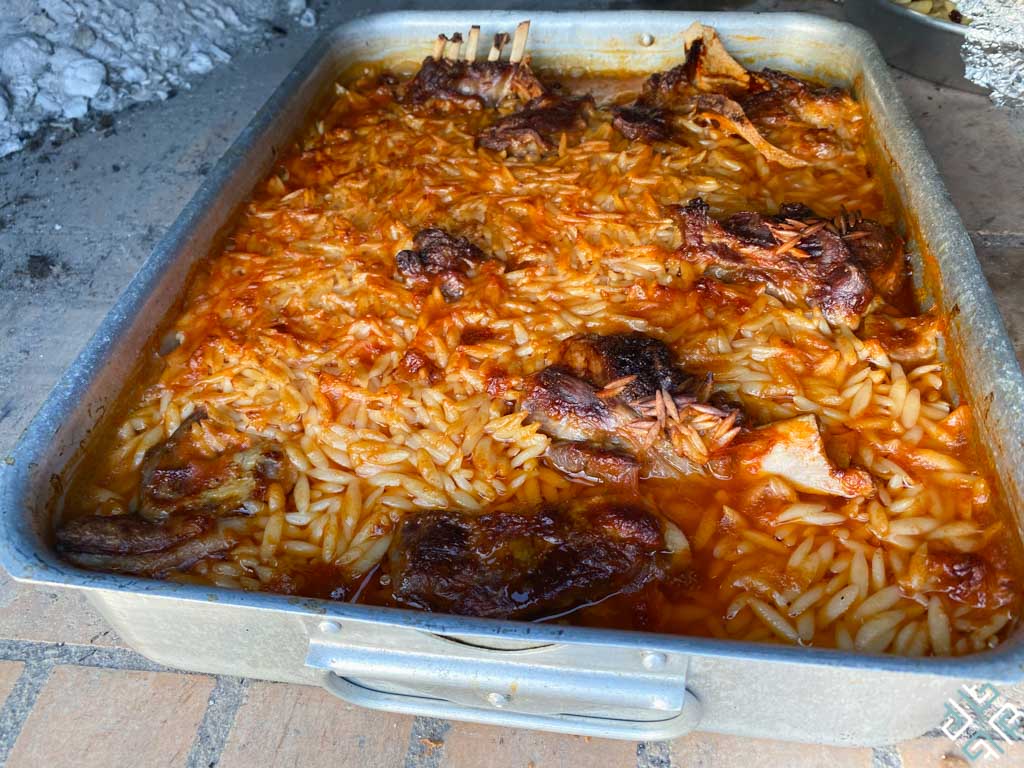
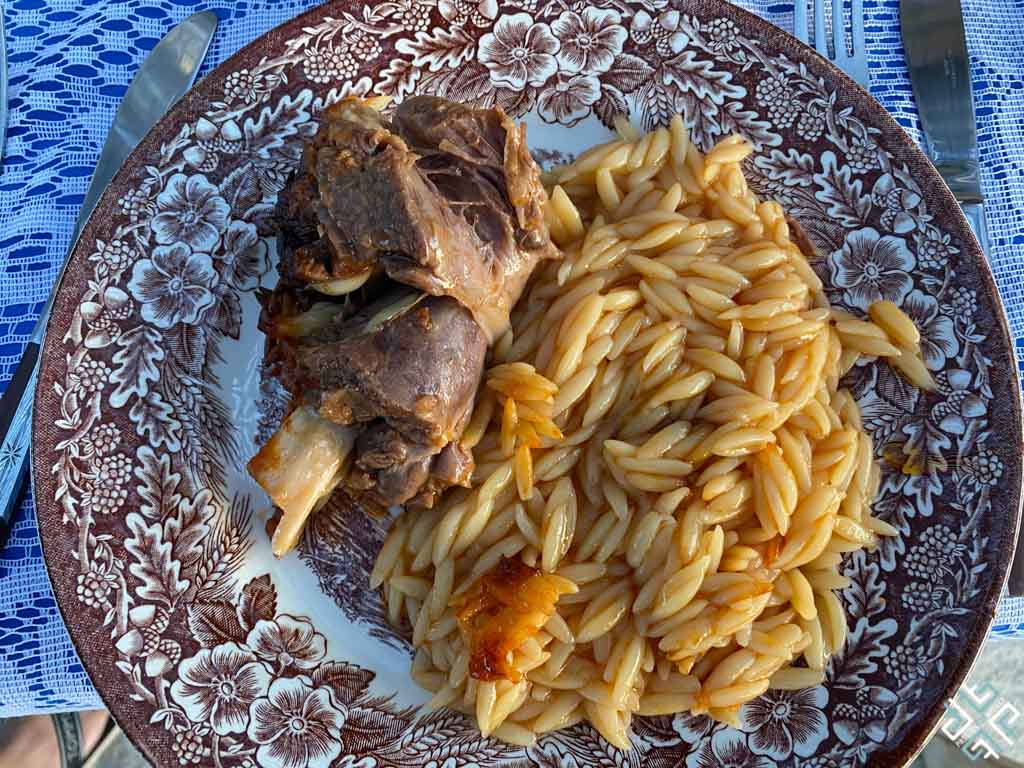
12. Religious Festivals
The traditional festivals are an integral part of a true Kasiot experience. The locals are very proud of hosting some of the best religious festivals that guarantee plenty of food, dancing, and raki. Anyone who we met during our time on the island, made us promise that we would come back to experience one of these special events which are usually held during the summer months. Agia Marina – 17th July is one of the biggest festivals celebrated on the island, also Pera Panagias on August 15th – the celebration of the Assumption of Virgin Mary is one of the major celebrations across Greece.
13. The Kasiots
A true and authentic experience lies in the connection one makes with the people, and on our journeys, the most rewarding and memorable moments are those we spend forming relationships with the people that welcome us to their land.
The Kasiots are very hospitable people, they are open to sharing their stories, their traditions and will gladly invite you to become part of their daily life. We met some wonderful people on our trip to Kasos, like George Mastromanolis of Kasos Tours who flew all the way from the United States to ensure that we got the best flavor from visiting his home-island, and his cousin George Kambouris who took special care of us throughout our stay, he cooked us the best meals in his cozy Pizza di Kaso and accompanied us on our island tour.
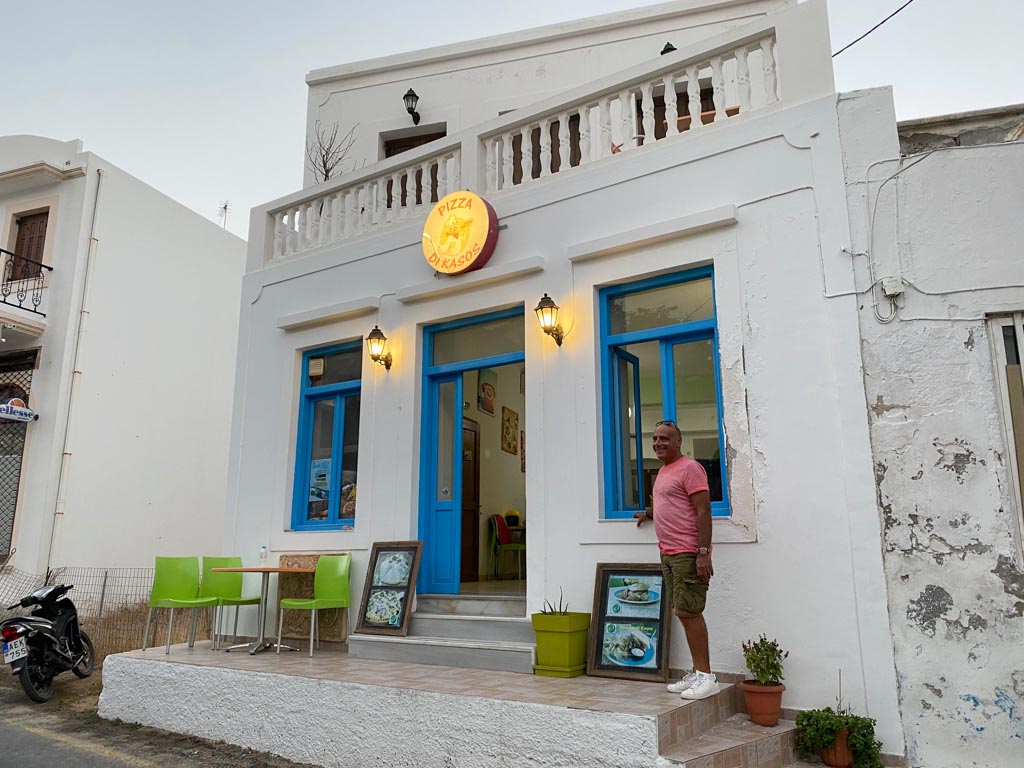
Then there was Mr Manolis who shared wonderful tales of his days in the sea, spoke to us about the history of Kasos, and showed us his ship-building techniques. We even got to see and photograph his artisan ships that he created for the island and we got a sneak peek of his new creations.
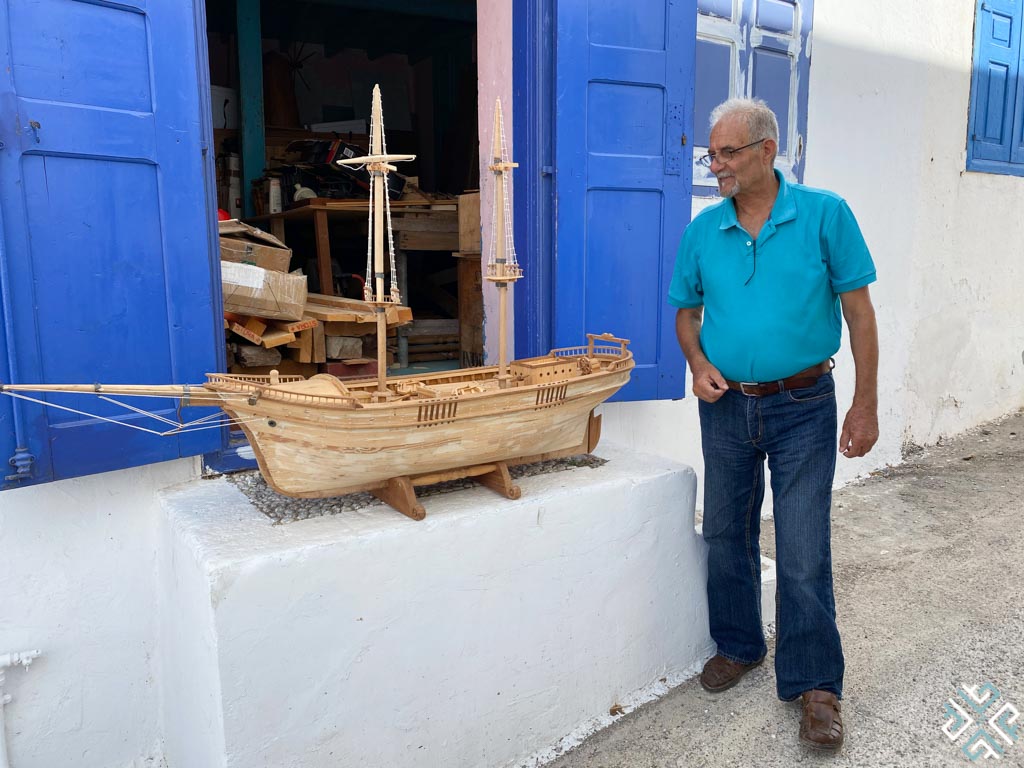
The lovely Mrs Maria who cooked that wonderful meal for us and the rest of the locals who made this trip a truly once-in-a-lifetime experience. Thank you all for your hospitality and generosity.
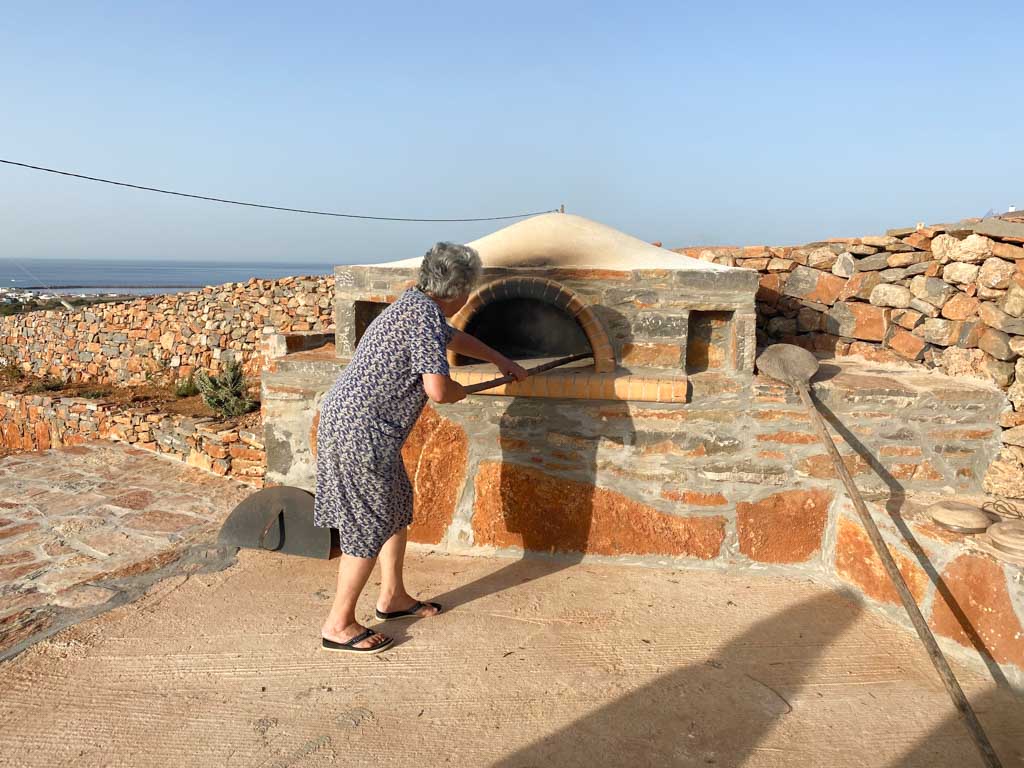
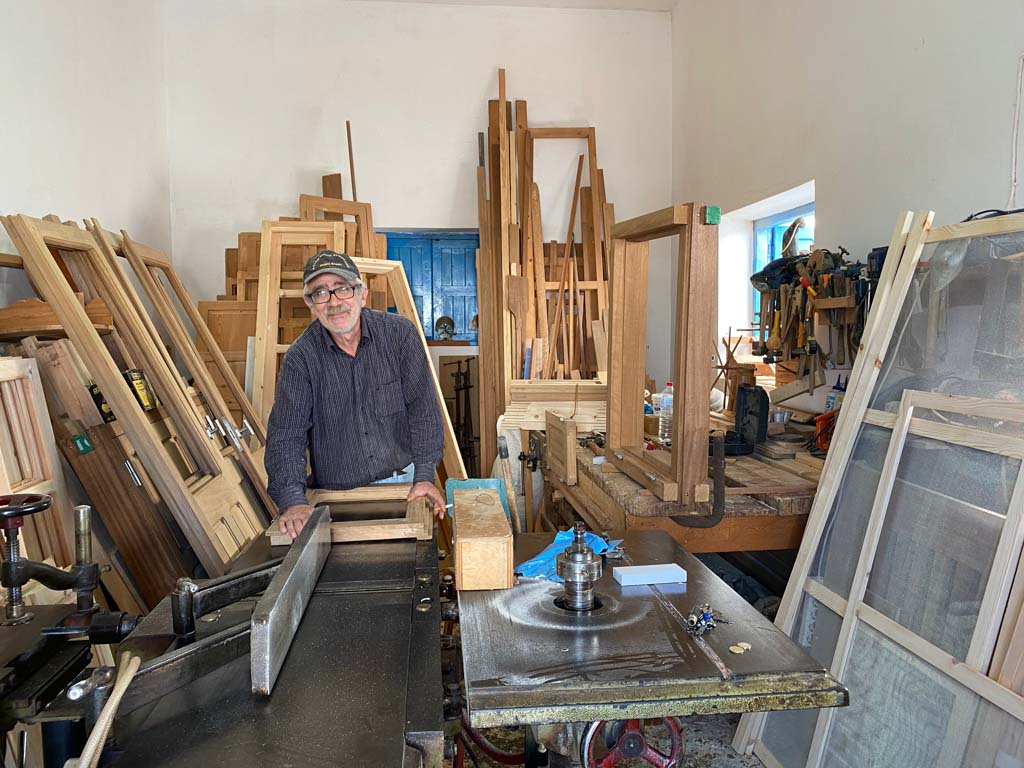
How to get to Kasos?
Kasos has a small airport, thus getting to Kasos by plane is the fastest but the most expensive way. There are connecting flights to Kasos from Heraklion, Rhodes and Karpathos.
The ferry takes the longest to reach Kasos, around 21 hours. An alternative way is to fly to one of the islands like Rhodes, Crete, Milos, or Karpathos. In the summer there are high-speed boat connections from Sitia in Crete to Kasos. The ferry ride from Rhodes takes approximately five hours.
Where to Stay in Kasos

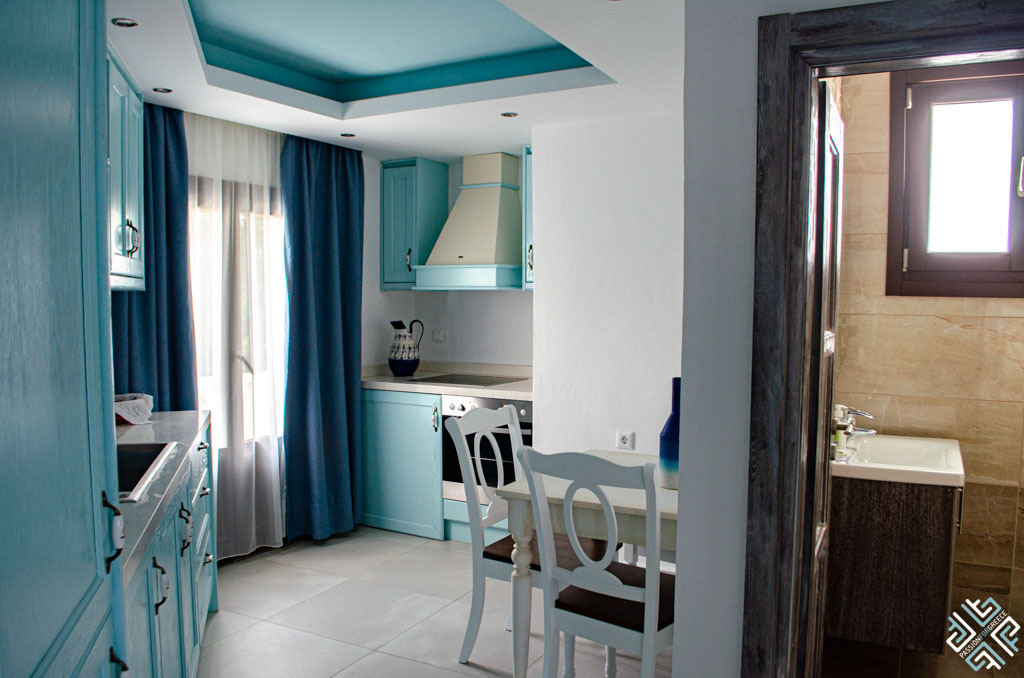
Theoxenia Kasos located in Panagia, is a mere 15-minute walk from Fry. The cozy, fully-equipped apartments are ideal for shorter and longer stays. Our one-bedroom apartment had a separate kitchen and living room with a small balcony from where you can enjoy sea views.
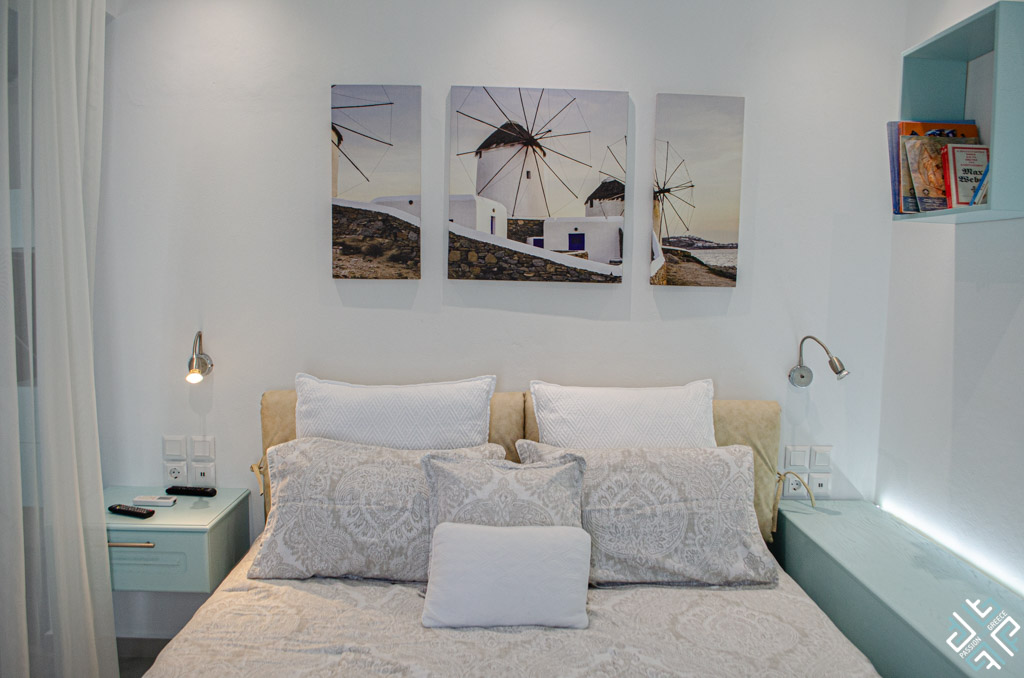
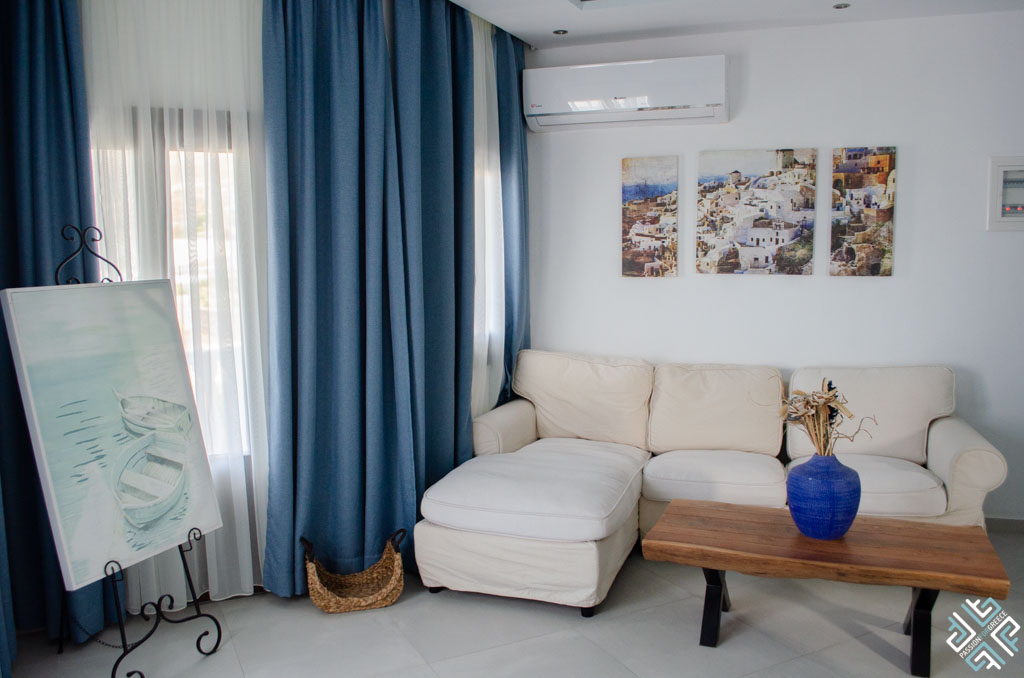
Where to eat in Kasos
Pizza di Kasos – located in the heart of Fry, on one of the side streets is a cozy local restaurant serving fantastic pizza and other dishes made from locally sourced products.

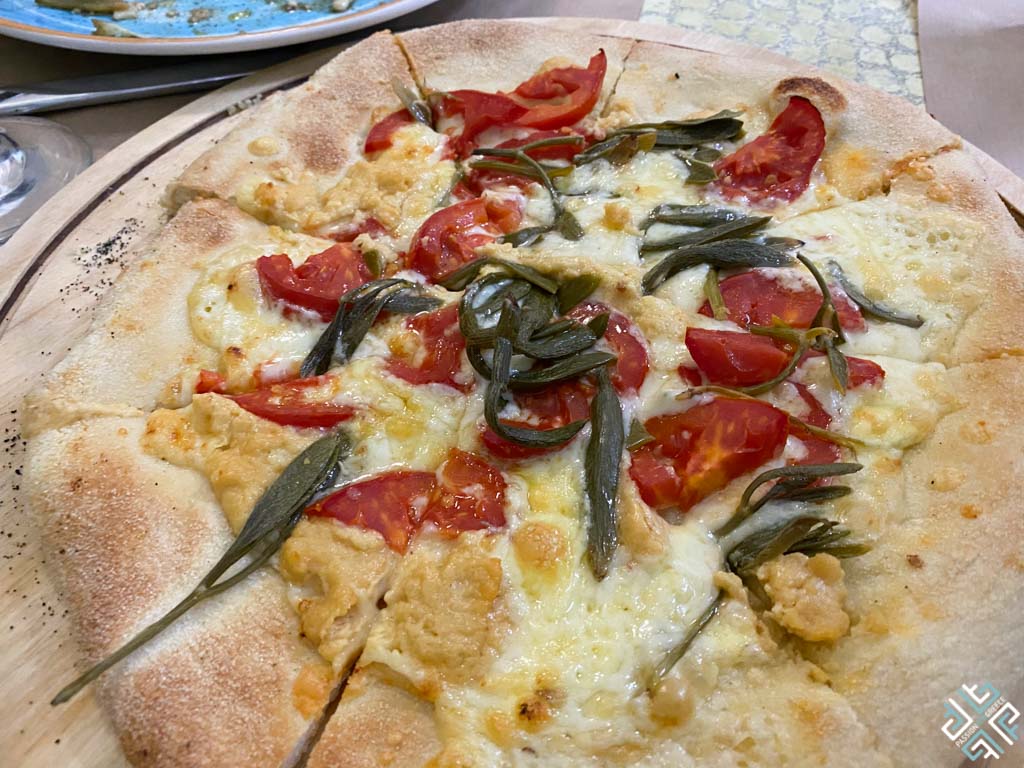
Meltemi – this family owned restaurant located in Fry serves a generous menu of sea food dishes and appetisers. Here you can also enjoy staple Cretan dishes such as Dakos and snails. A must visit during your holidays on Kasos.
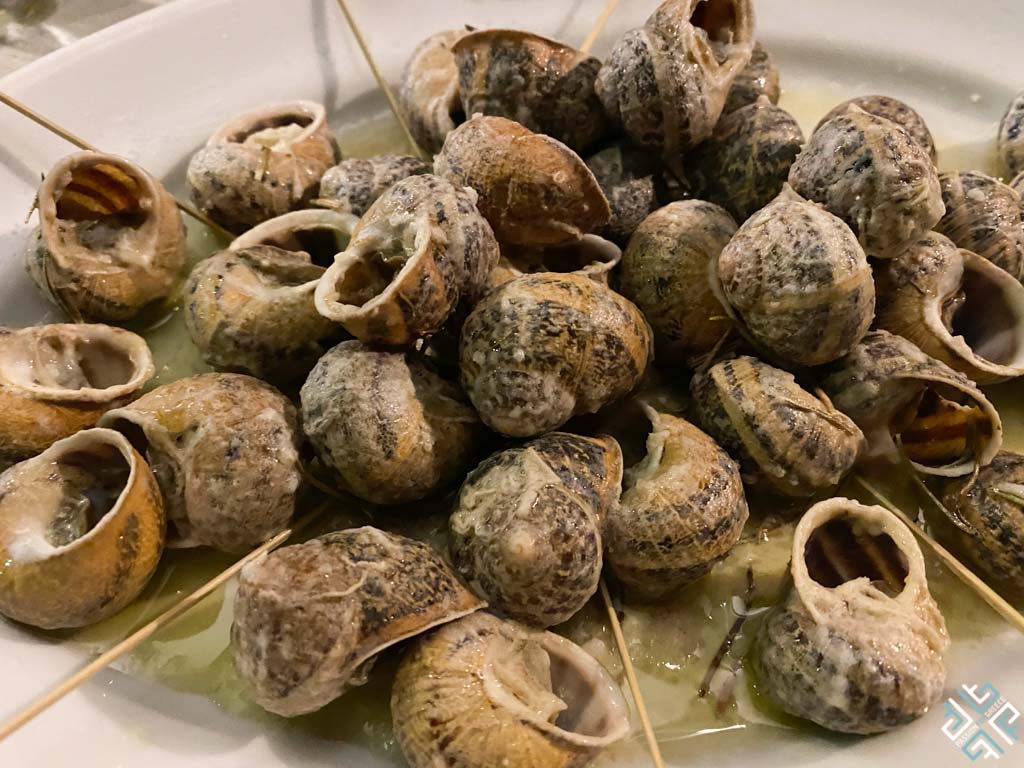
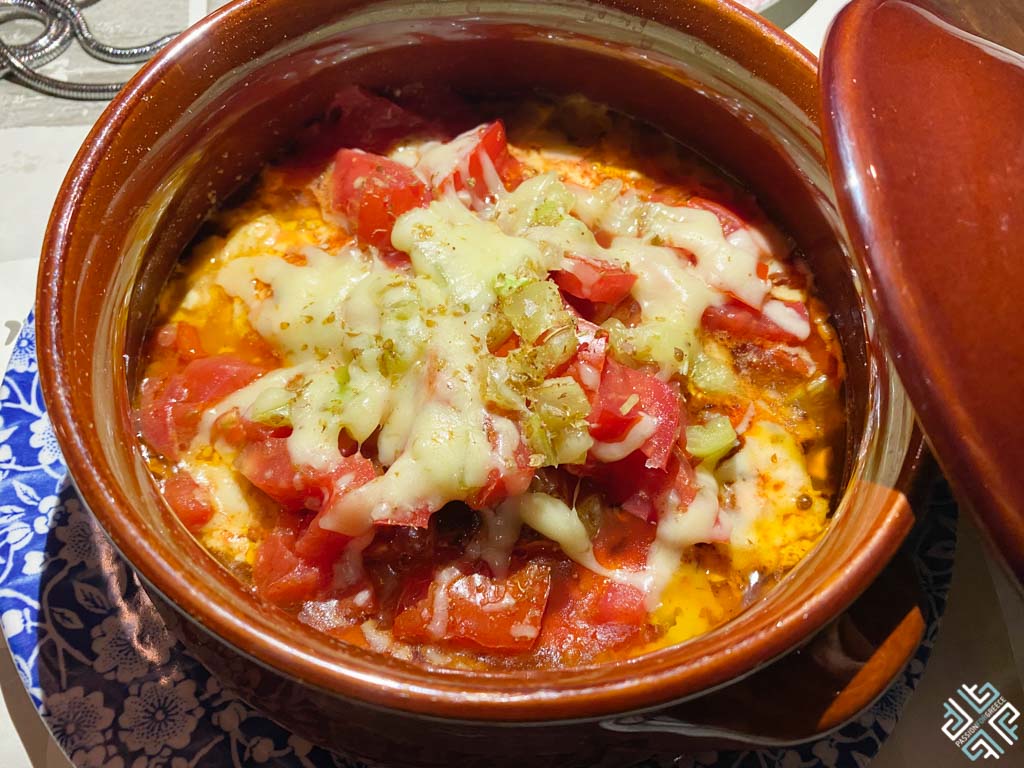
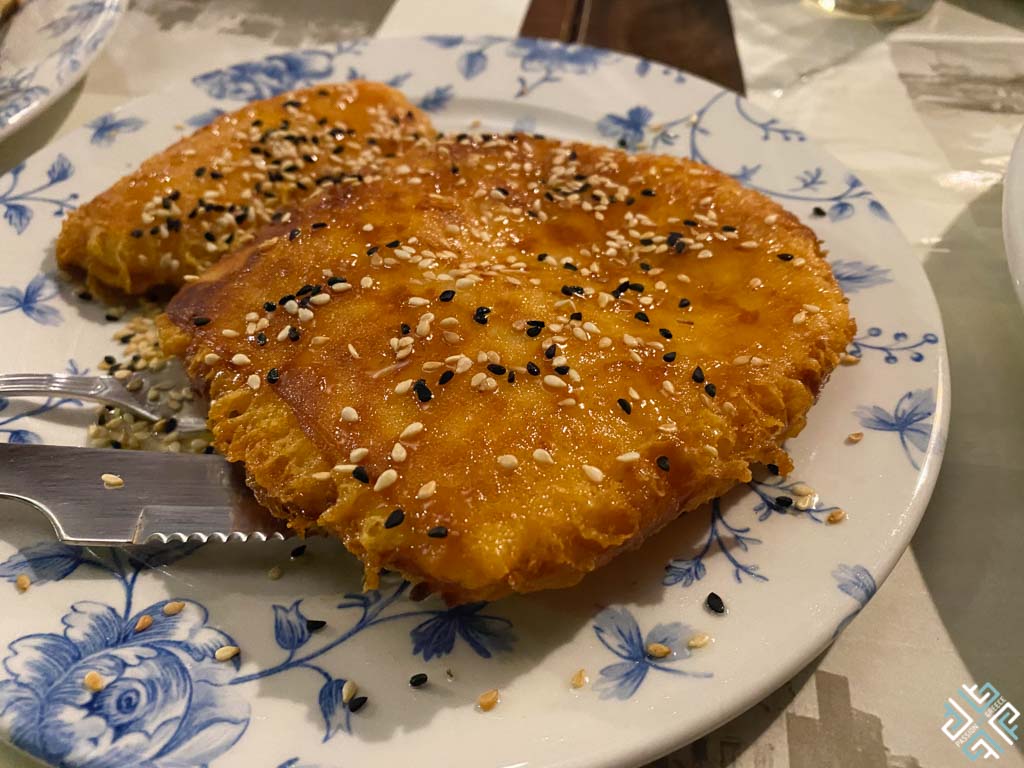
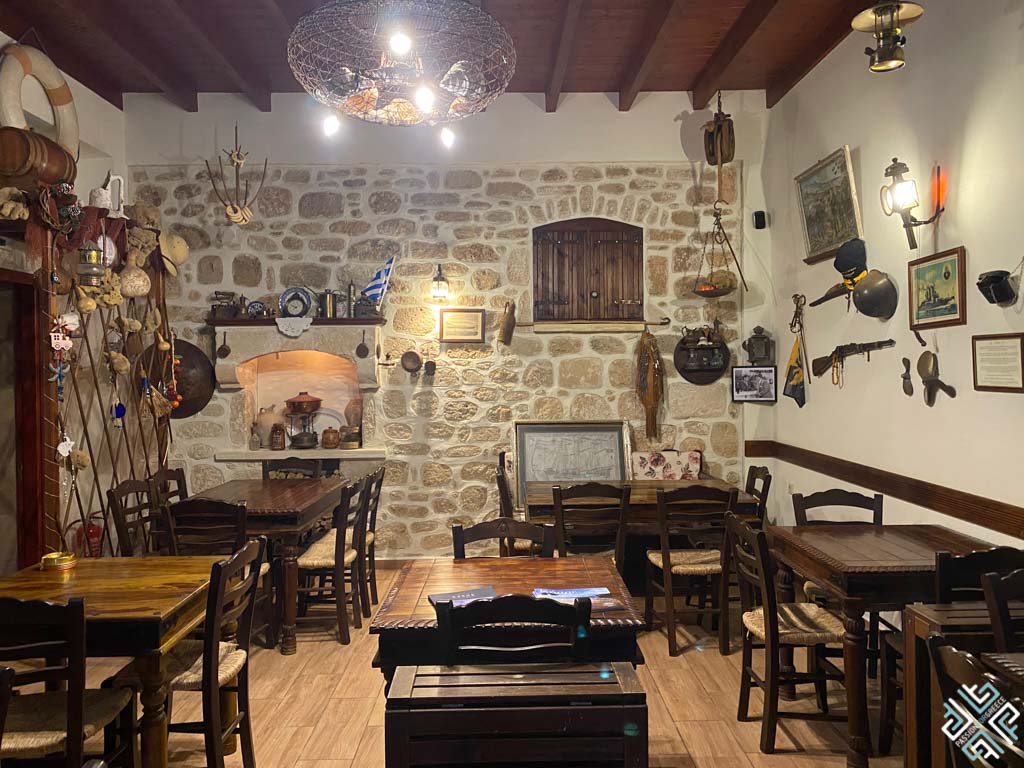
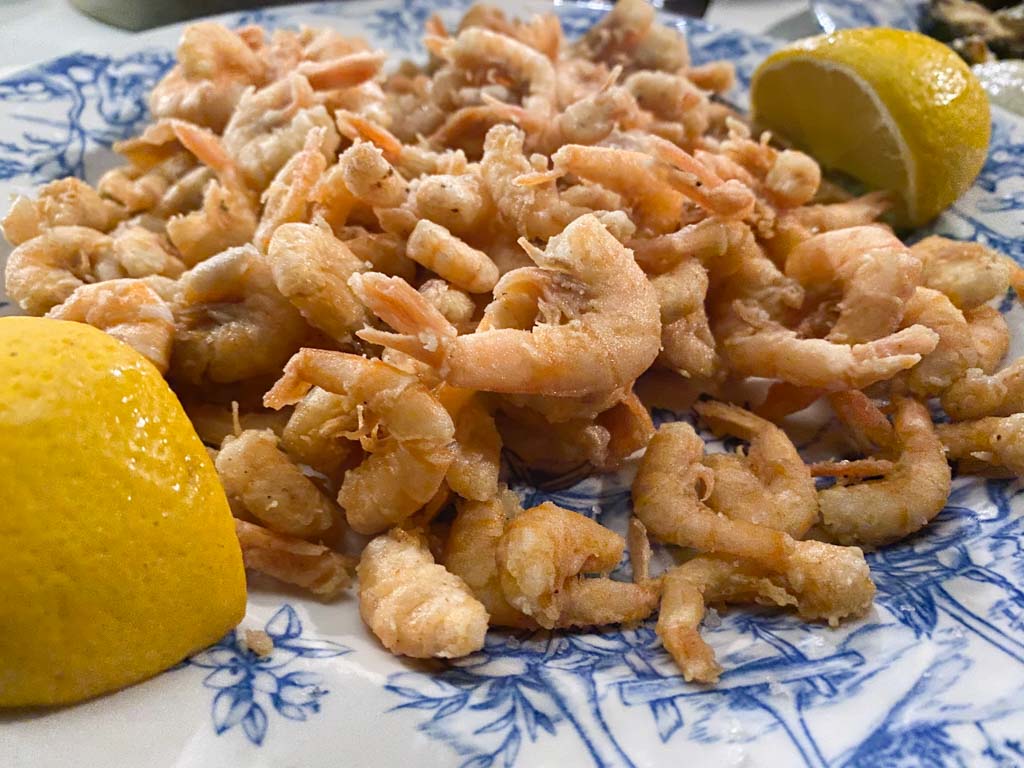
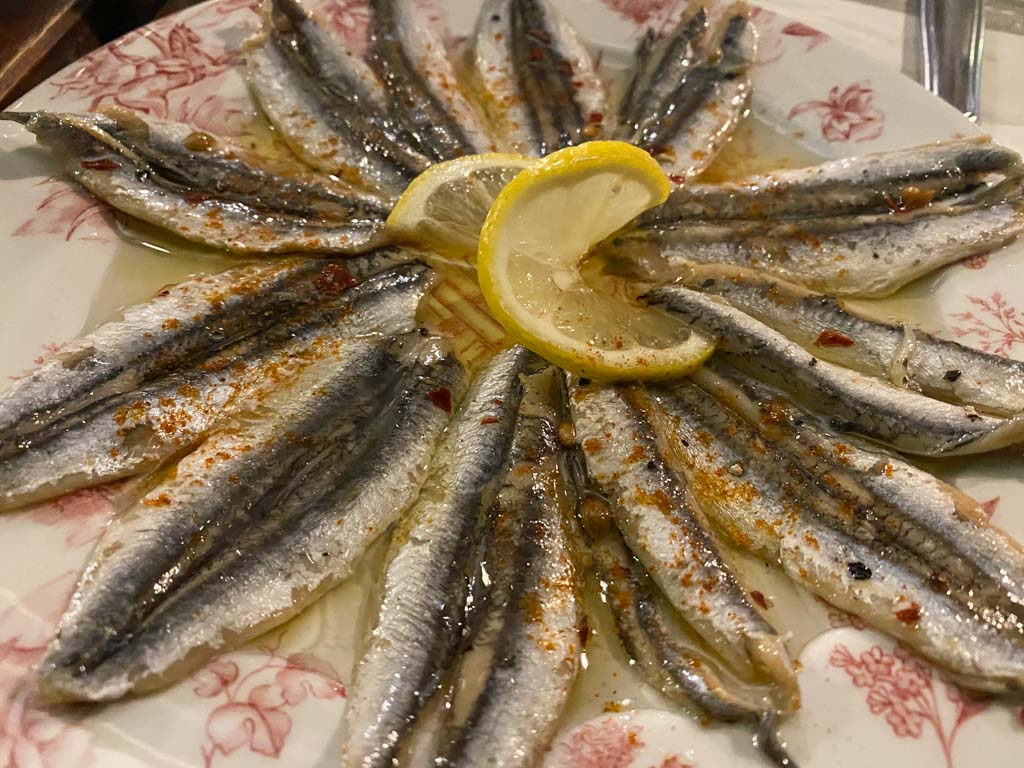
Blue Mare – this all-day cafe is located next to the harbor, serves traditional breakfast, waffles, and other snacks.
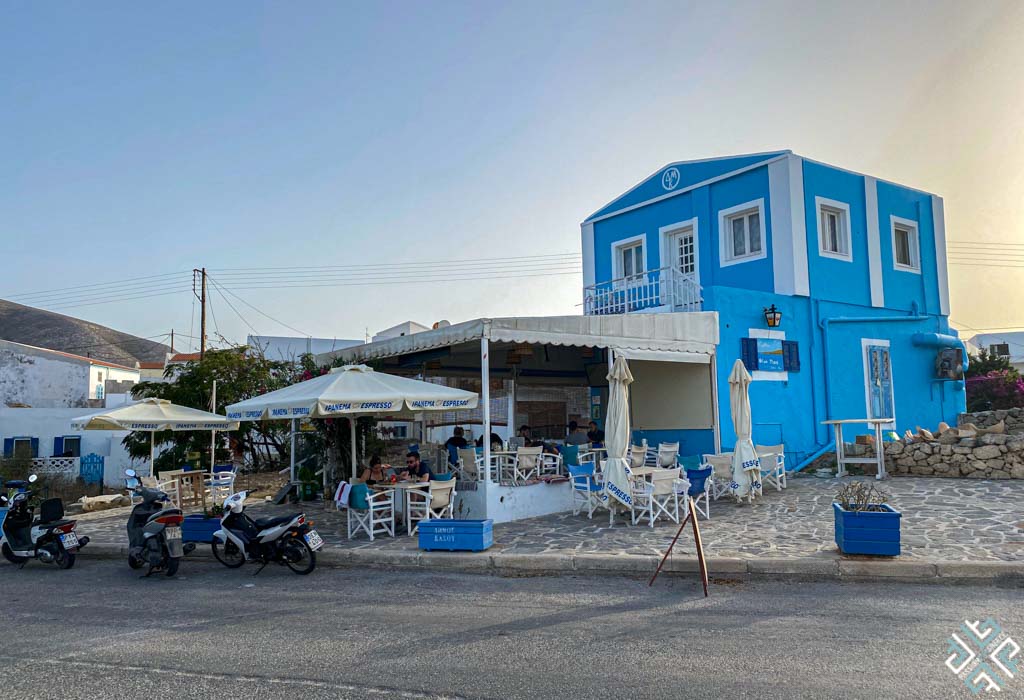
Members of Travel Bloggers Greece were guests of Kasos Tours, all opinions expressed are our own.


